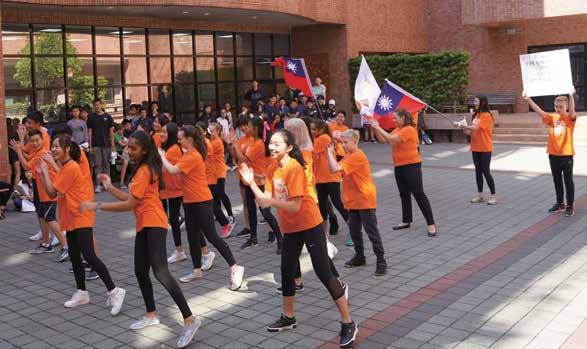Redefining Success
TAS

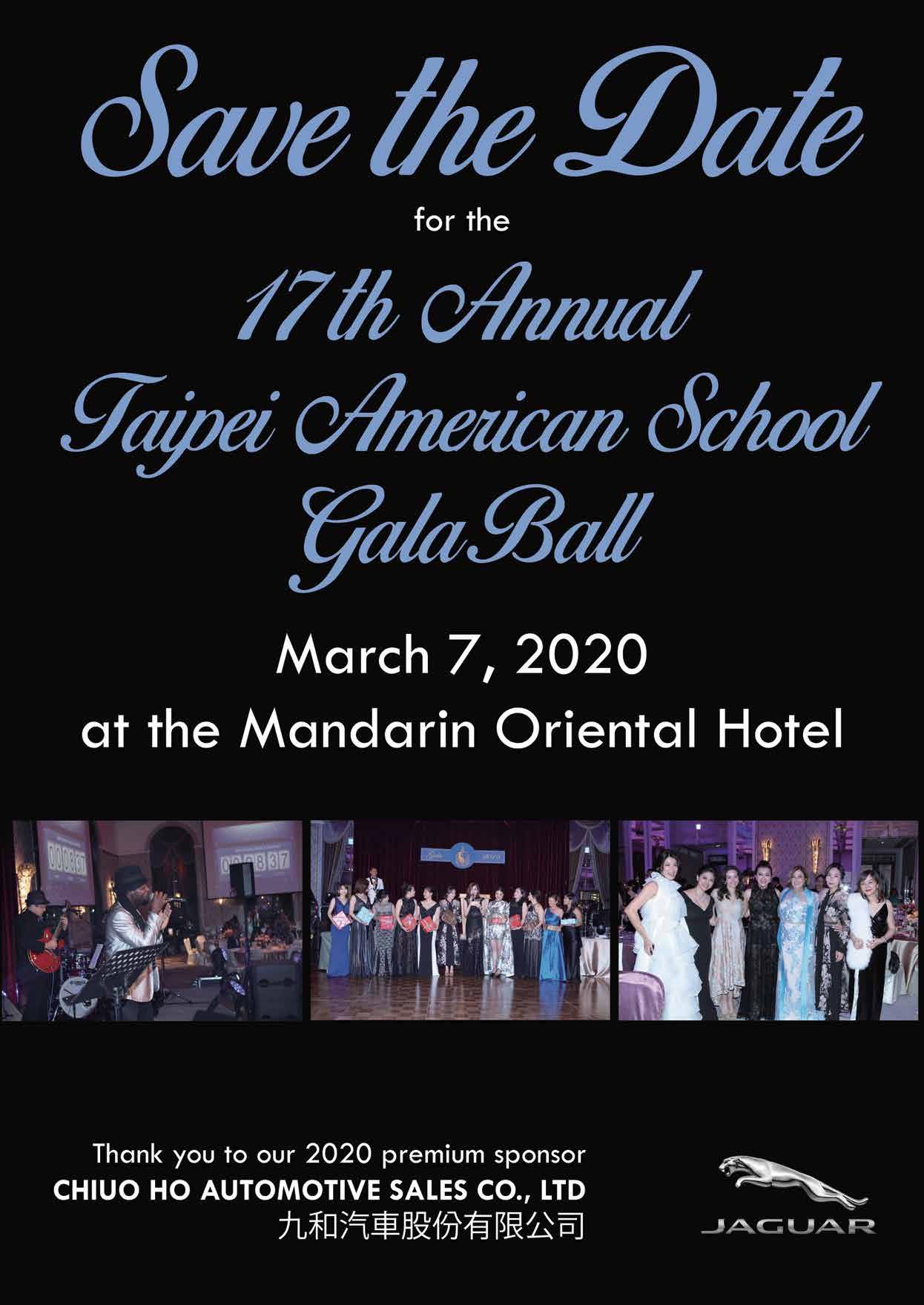


TAS





Taipei American School is an innovative 21st century learning community. Our mission is to inspire each student to be a confident, creative, caring, and moral individual prepared to adapt and succeed anywhere in a rapidly changing world. We provide an American-based education with a global perspective that results in a love of learning, academic excellence, a balanced life, and service to others.
Taipei American School offers opportunities for students to reach their full potential to become caring, competent, knowledgeable young people who are dedicated to making a positive difference anywhere in the world.
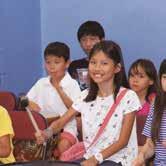
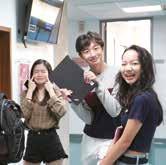

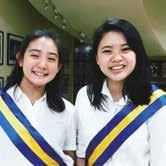
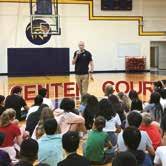
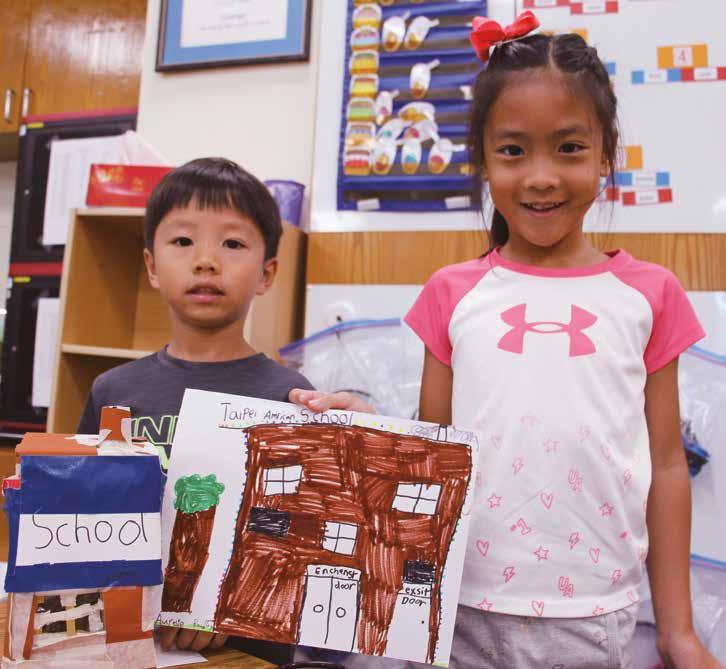
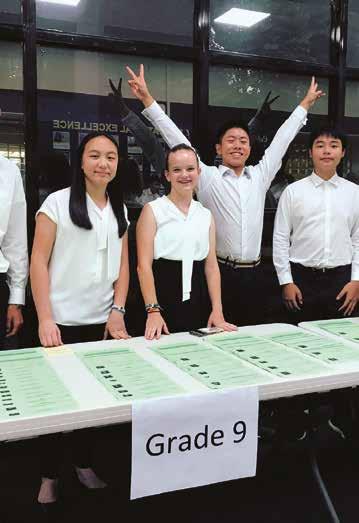
Editor-in-Chief & Artistic Director

Lindsey Kundel, Communications Officer
BY MINDY WOLFROM, MIDDLE SCHOOL CLASSICS TEACHER BY SABRINA C. (‘21), THE BLUE & GOLD STUDENT NEWSPAPER BY BECCA BUDDE, COMMUNICATIONS OFFICERBecca Budde, Communications Officer
Dr. Kathryn Limmer, Assistant Head of School for Advancement
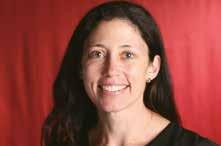
Connie Ma, Alumni and Community Outreach Officer
Katherine Wang, Development Officer Photography Contributors
Mike Corsini
Dustin Rhoades
Amanda Jacob Pearl Morris Jane Ogge
The Blue & Gold
TAS Film Department
TAS Mandarin Department TAS Human Resources
Translation Services Frances Yu

“Great schools hire great teachers, who have a magical ability to ask children to give every single bit of the God-given talent that they’ve inherited and grown up with, without asking more of them than they can possibly get. In other words, that delicate tightrope between saying I know you can do it, versus making them feel they can do it when they can’t, and thereby damaging their confidence for the rest of their lives. That delicate balance is what a great school is all about.” - John Littleford
Taipei American School is more than a school—it is a vibrant community with a higher purpose, one that is clearly delineated in our mission statement. We are innovative. We are modern. And we are, fundamentally, a learning community. But in addition to these core fundamental tenets, our mission is to inspire each student within our walls to be a confident, creative, caring, and moral individual prepared to adapt and succeed anywhere in a rapidly changing world. We have chosen to provide an American-based education with a global perspective in order to achieve these things. Our goal? That our students leave our campus with a deep love of learning, a firm commitment to academic excellence, an unequaled ability to create a balanced life, and a sincere desire to be of service to others.
The realization of our goal is no small feat, but no one ever said having a higher purpose would be easy. In fact, simply to commit to such a lofty purpose as ours is one of the hardest things a group of people can attempt. But it is worth it.
I say this to you because it is my duty as your community’s educa -
tional leader to remind us, from time to time, of our shared purpose—to remind us of our bedrock, our foundation, our true north. Without the mission as our guidepost, it can be easy to get lost in the mire of what other people say we should be doing. Sometimes following our mission means staying the course, but, of course, sometimes it also means setting out on a new path. Our choices all depend on whether or not a given pathway aligns with who we are as a community.
Lately, I have been deeply troubled by many articles that have come my way—and I have discussed these troubles publicly in administrative meetings and parent coffees. According to research performed over the last two decades, children who grow up in privileged communities such as our own, where both incomes and expectations are high, often report high levels of anxiety, depression, and substance abuse—levels commensurate with those of inner-city, less privileged students. While I do take all new research with several grains of salt, some things are undeniable. Too much pressure can be just as harmful as no pressure at all. A pres -
sure cooker is designed to hold in heat and cook contents quickly, and if our students feel that they are in a pressure cooker, the extreme heat will take a toll on their bodies and on their minds. Articles such as The Atlantic’s “Why Is Middle School So Hard for So Many People?” or “The Perils of Pushing Kids too Hard” or books such as David Gleason’s “At What Cost” or Lenora Chu’s “Little Soldiers: An American Boy, a Chinese School, and the Global Race to Achieve” have words that jump from the pages, grab us by the heart, and demand that we reflect upon the very best and safest ways to achieve our mission.
At Taipei American School, we have and always will strive for academic excellence. That is quite literally at the heart of all that we do. But there is and always will be room for us, as a learning community, to learn new paths to support and foster academic excellence. As a community, we are deeply committed to learning, which is why we value professional development so highly, and why we will continue to bring worldrenowned experts to our campus, like recent wellness-related visitors
Dr. Craig Hassed, Dr. Lea Waters, Dr. Lisa Damour, David Wolowitz, Drs. Doug Ota, David Bott, Justin Robinson, Dr. Josephine Kim, Roy Chen, Dr. Kenneth Podell, and Michael Pollock. It is also why we have trained all our teaching faculty in both the Lower and Middle School in the techniques of Responsive Classroom. And all of this just within the last two school years!
The research is clear. Improving students’ health can be beneficial for their academic achievement; the same research has shown us that focusing solely on achievement can be detrimental to our students’ health. To this end, Taipei American School acknowledges that we need both—a healthy mixture of academic excellence and student wellness. We will never sacrifice academic rigor here at TAS, but we can—and will—continue to find ways to support our students’ health as they focus on their academic goals. Simply put, healthy students are better learners. We as a community have already embraced certain aspects of health and wellness. For example, there has been considerable discussion about and significant action on nutrition at TAS. That is good. Many have embraced the importance of exercise as a part of wellness, and athletics and traditional physical education have been supplemented with lifetime exercises, like yoga, martial arts, and fitness at our incredible health and wellness center. This, too, is good.
There has been, however, little community buy-in to a pair of key elements for wellness. Research on sleep provides a crystal-clear message: significant sleep significantly increases learning. We sometimes forget that sleep depravation is a well-known form of torture—or, at least, that is how it appears to me. The usual reaction to this problem is a proposal to begin school much later. For logistical reasons, that just isn’t possible. The only solution is for students to go to bed at a reasonably early hour. “Impossible!” is the response. Well, yes and no—and here is where the other element of the pair comes in: choices that provide
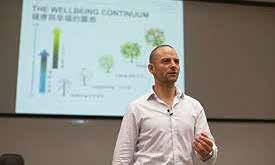
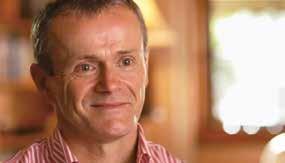

a challenging learning experience that is not overly stressful. Navigating choices successfully continues to elude too many adults; thus, navigating them well as a child is a daunting challenge. And there is no “one size fits all” to help guide us. Some students find AP Calculus BC to be an interesting breeze; others find it impossible. Some students have a stable, structured home life; others do not. The same assignment can take one student a half hour and another student an hour and a half. So, I am convinced that to address sleep, we must first address choices. We must explore paths where all of us do our part to better support student choices and to monitor the consequences of those choices—each student’s choices. This, of course, requires a commitment from all members of our community; the School cannot achieve success here alone. “It takes a village to raise a child,” they say. It will take the entire TAS community to raise healthier students.
It is my firm belief, however, that any and all wellness initiatives that Taipei American School undertakes must be built upon the foundation of academic excellence because that is a fundamental part of our organization’s true north. Taipei American School is a bridge from an island to the world, and our wellness initiatives are a bridge from the stressful pursuit of scholastic achievement to the supported ability for all our students to pursue their full learning potential. We need to redefine success in a way that preserves our lofty academic goals while incorporating systems and methods that recognize the needs of our children for health, balance, and joyful schooling. As we endeavor to create a new Strategic Plan to guide TAS from 2021-2025, these concerns will need to be carefully incorporated.
Dr. Sharon D. Hennessy Head of School
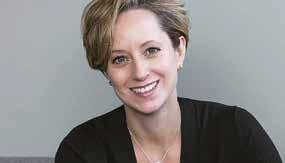

How does Taipei American School build a bridge between academic excellence and socioemotional wellness?
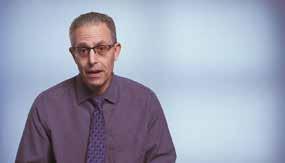

Through intentional planning, curriculum, and community wide events. Here are a few of the recent speakers who have helped our community work to build this bridge:

如我們自己的社區)中長大的孩 子,經常被報告焦慮、抑鬱和濫 用毒品的程度很高 - 與貧戶區、 較不幸的學生相當。儘管我確實 對所有新研究採取保留態度,但 有些事情是不可否認的。壓力太 大與根本沒有壓力一樣有害。壓 力鍋旨在保持熱量并快速烹飪內 容物,如果我們的學生感到自己 在壓力鍋中,極高的熱量將對他 們的身體和思想造成傷害。諸如 大西洋雜誌的“為什麼初中和前 青少年期如此具有挑戰性”或“ 過分逼迫孩子的危險”之類的文 章,或諸如David Gleason的《付 出多少代價》或Lenora Chu的《小 士兵:一個美國男孩、一所中國 學校、以及“全球成就競賽”》 的言語從書頁上跳出,深深地抓 住我們的心,並要求我們思考實 現宗旨的最佳、最安全的方法。 在台北美國學校,我們擁有 並且一直努力追求卓越的學術成 就。從字面上看,這是我們所做
年內!
康狀況對他們的學業成績是有益 的;相同的研究表明,僅專注於 成就可能對學生的健康有害。為 此,台北美國學校認為,我們兩 者都需要 - 我們得兼顧學術成 就和學生健康。在TAS,我們永 遠不會犧牲學術上的嚴謹性,但 是,當他們專注於他們的學術目 標時,我們可以,也將會繼續尋 求方法來支持學生的健康。簡而 言之,健康的學生是更好的學習 者。作為一個社群,我們已經接 受了某些健康和保健的做法。例 如,在TAS,我們對營養進行了大 量討論並採取了重要行動。那很

Dr. Sharon D. Hennessy invites you to read the following in order to find out more about the school’s approach to building a bridge between academic success and wellness.

“Why is Middle School So Hard for So Many People?” by Alia Wong, The Atlantic October 7, 2019
Image: Simon Montag, The Atlantic
“The Perils of Pushing Kids Too Hard, and How Parents Can Learn To Back Off” by Allison Aubrey and Jane Greenhalgh, NPR June 11, 2018 Image: Francesco Zorzi, NPR
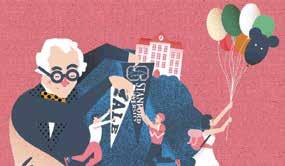
At What Cost?: Defending Adolescent Development in Fiercely Competitive Schools by David L. Gleason, Psy.D., Developmental Empathy LLC Published in 2017




Little Soldiers: An American Boy, a Chinese School, and the Global Race to Achieve by Leonora Chu, Harper Collins Published in 2017
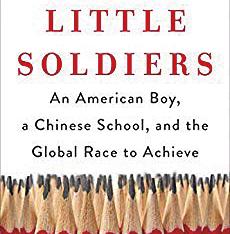
During the most recent Association General Meeting held on October 29, 2019, the Board of Directors and school administration discussed the importance of the strategic planning process for the health and future of the school. As an American entrepreneur, author and motivational speaker, Jim Rohn, put it, “Success is 20% skills and 80% strategy. You might know how to succeed, but more importantly, what’s your plan to succeed?” Your TAS Board of Directors understands the value of long-term strategy in creating a successful school such as ours, and so, as our current Strategic Plan (20162021) begins to culminate, the school will embark on the curation of a new strategic plan.
There are three essential pillars to every Strategic Plan that the Board posits and approves. At Taipei American School, we are always looking for the best people, programs, and places that we can create in order to foster a truly innovative 21st century learning community. These three areas are non-negotiable elements of every strategic plan.
Keeping those three areas in mind, the Board goes through a number of steps as they begin to formulate its concrete plans for the school. First, all elements of a potential strategic plan must incorporate long-term thinking with concrete goals that are measurable, achievable, realistic, and within the time constraints established (for
example 2016-2021 in the previous Strategic Plan). Second, and perhaps most importantly, all goals must preserve and further the mission of the school. As the University of North Carolina economics lecturer and researcher, Michael Porter, describes it, the essence of any strategy is found not in what an organization chooses to do but what an organization chooses not to do. Finally, the Board must consider the culture of the school and how to maintain or potentially to change it in some way, if a change is deemed necessary.
The steps of strategic planning are quite clear, but why is strategic planning necessary for a school? And why does this task fall to the Board of Directors instead of the school’s administration? The fundamental role of the Board of Directors is to act as stewards for the long-term guidance of the school. Since they are to remain impartial in their guidance, there is no better group to ensure that the planning will produce unbiased goals to promote the longevity of the school. Each time the Board creates a new strategy, it allows for the Board and the entire school community to reflect on who we are as a community, where we have been, and where we have yet to go. It also allows the Board to integrate input from recent accreditation reviews since this critical feedback is always designed to help promote a school’s positive growth. Finally, since finances are understand-
ably linked to all strategic goals, since the Board is tasked with ensuring the financial health of the school, it makes sense that the Board would also be tasked with developing the goals that make the most financial sense for the school.
However, just because the Board is ultimately tasked with creating the final Strategic Plans for the school does not mean they are the only group involved in setting our community’s long-term goals. Quite the opposite in fact! As our school begins the process for our next Strategic Plan, Dr. Sharon Hennessy, Head of School, hopes that we can all begin to see the strategic planning process as a way for our community to come together under our shared identity and vision. The administration will gather information from a large and wide range of parents, students, alumni, and faculty. Furthermore, the administration will continue to incorporate and reflect on the recent 2018 WASC report, in which so many members of our community were already involved.
Please stay tuned over the coming months for information about volunteering to join a focus group for our next strategic plan. Whether you are a student, parent, faculty member, staff member, alumnus, past parent, or friend of our community, the TAS administration and Board of Directors will be looking for your feedback to help set our direction for the next five years and beyond.
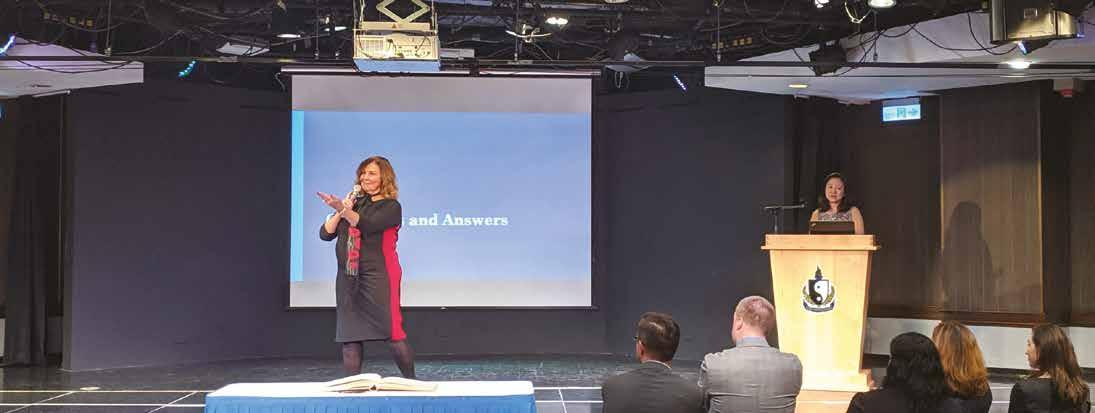
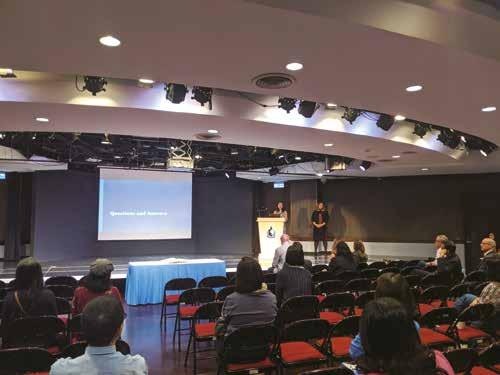
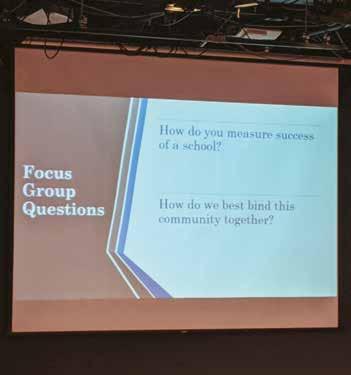
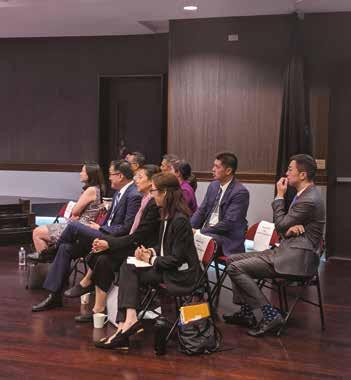
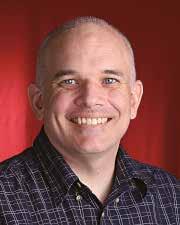
It is not unusual for a student to question their ability or their worth when they do not do well on a test. This can also happen when they struggle with a concept on a homework assignment or even when they do not immediately understand what the teacher said when introducing a topic.
It is safe to assume that this kind of self-doubt did not occur, however, the first time that student tried to walk or talk or read. Take a moment to imagine a baby’s first attempt at walking. How many steps did you imagine the baby took before falling down? 1? 2? Not even a full step? No baby was an expert at walking in their first attempt. How long does it take to become an expert? Some babies get better at walking faster than others. But at some point, all babies grow up to become experts at walking. Of course, there have been times in my adult life (specifically when I stub my toe) when I have questioned my status as an expert walker. Each time this happens, I am reminded how much I take the ability to walk for granted. How nice would it be to live a “stubbed toe”-free life? Of course, before my first stubbed toe, I was a baby learning to walk. How does a baby who does not mind falling down so often when learning to walk become a student who believes that there is something wrong with them if they ever make the slightest of academic mistakes? At what age do we start to unrealistically expect to be an instantaneous expert in all we try to learn?
There was an interesting article in the September 24 issue of The Proceedings of the National Academy of Sciences (PNAS) titled “Measuring actual learning versus feeling of learning in response to being actively engaged in the classroom.” A group of physics professors at Harvard conducted a randomized experiment in their introductory physics classes comparing the effectiveness of an active teaching style compared to a more traditional “sage on a stage” passive style. The active style included techniques such as hands-on activities, inclass discussions, and frequent, short quizzes. As most teachers would expect, the students exposed to the ac -
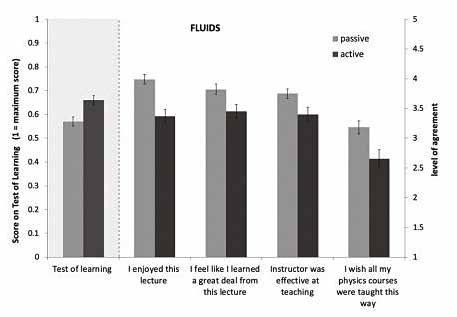
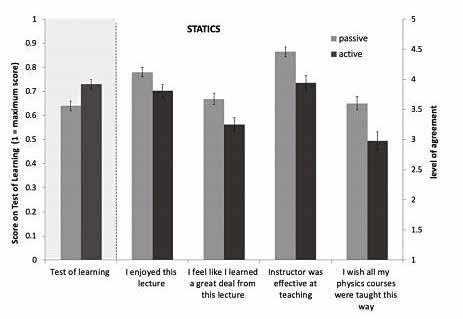
tive style earned higher scores, on average, on identical assessments when compared to the students exposed to the “sage on a stage” style.
This unsurprising result is not what made the article interesting, however. In follow-up interviews, the students said that they enjoyed the active style less, claiming it was more confusing and provided a greater source of frustrations. These students did not feel like they learned as much as the students in the traditional style classes did, claiming the teacher of the active style was less effective. Moreover, fewer students of the active style wished that all their physics classes were
taught the active way compared to students’ preference for the traditional way.
What’s happening? Why did those students in the active classes not feel like they were learning more? It seems that somewhere between learning to walk and taking a physics class, we start to interpret making mistakes and a slower rate of learning to mean that we lack some intellectual ability to learn certain topics. When Dr. Lisa Damour visited TAS last school year, she told the students that they need to stress their brains if they want learn, just as people must stress their muscles with exercise if they want to grow stronger. Some stress is good, healthy, and natural. Moreover, when you exercise, it is important to rest your muscles before exercising again in order to avoid the dangers of overstressing them. If you work out by lifting 0.1 kg weights, your muscles would not be stressed, and they would not grow. If you are taking an introductory physics class without feeling confused or stressed by new information, then you are probably not learning.
The path to understanding starts with ignorance followed by a tentative grasp of understanding, typically involving making mistakes and needing time to fully digest the concepts. At some point, we become more confident and fluent with the knowledge. There are numerous speeds with which people travel this path. I believe that too many students conclude, whether consciously or subconsciously, that traveling the path too slowly means they are not good enough to be on the path. These students incorrectly conclude that they should then stop their pilgrimage and never again try this or other similar paths. There is a long list of people who successfully travel down the path slowly.
I am the most familiar with my journeys. I tend to be pretty slow at learning topics. I was one of the slowest students in my physics classes all throughout graduate school. I needed to start a two-week assignment the same day it was assigned while most of my classmates started the night before it was due. This used to embarrass me tremendously. But, over the years, I began to
recognize that I was able to learn the concepts as well as the other students. My graduate school experience helped me realize that there should not be deadlines in learning.
I actually started to grasp this years before when I was taking calculus for the first time at the age of 25. This is way past what most people would consider the “deadline” to learn calculus. I was the oldest student in many of my classes as I was getting my second degree. Now, I am happily teaching calculus to students who are much younger than I was when I first learned it. I am thankful that I did not let my slower pace interfere with my desire to learn whatever I wanted to learn.
If you would like to read more about what naturally happens along the path to understanding, I highly recommend the book “Peak” by Anders Ericsson. He is known to be the world expert in world experts. He has spent decades researching and interviewing those who have become the top of their field from athletes to chess players to musicians to numerous other fields. He discovered that no matter what their field is, they all share common practices as they journey down their respective paths. He calls this common process deliberate practice. One of the most interesting things he writes about that is most relevant to the topic of this article is that nobody likes to practice. No athlete or musician or anyone else he interviewed continued their rigorous practice regimen just for the fun of it after they retired. The process of improving themselves and growing involved stressing themselves. It was uncomfortable and challenging. They all liked the results of the practice even though they did not like the process.
It seems important then for students to know that learning may naturally lead to feelings of frustration and being uncomfortable due to the stress on their system. It is important that they know the proper way to interpret mistakes as well as some of the proper ways to practice.
or subconsciously, that traveling the path too slowly means they are not good enough to be on the path. These students incorrectly conclude that they should then stop their pilgrimage and never again try this or other similar paths.
Let’s return to our Harvard physics professors. As a result of their experiment, they created a 20-minute presentation on the study to give to the next set of introductory physics students. The majority of students exposed to the rationality behind teaching actively as well as the results of the study were more willing to accept the frustratingly, uncomfortable feeling of learning efficiently and effectively.
As teachers, do we spend enough time exposing students to our rationale for our teaching style and grading policy? Over the past few years, I have become more and more deliberate in advising students how to properly interpret their test results before I hand back the tests. I, along with numerous other teachers, want to “reprogram” students’ reactions to making mistakes and feeling frustrated by not immediately understanding a new concept. Some students require more time than others, but all students have the potential to learn anything they desire with enough time and the right kind of practice.
I believe that too many students conclude, whether consciously
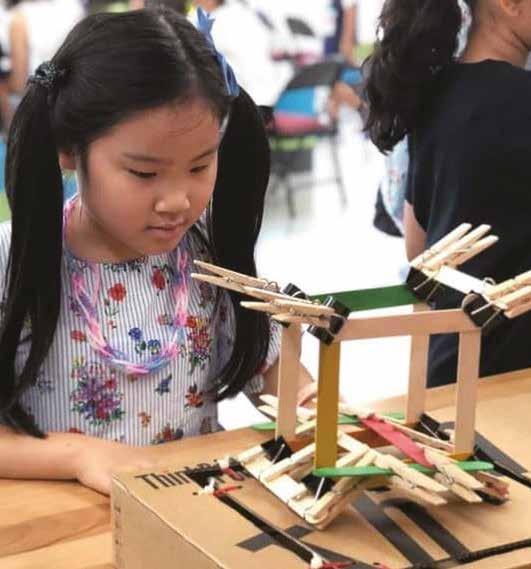
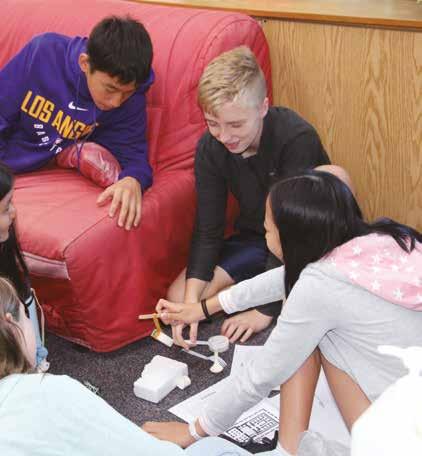
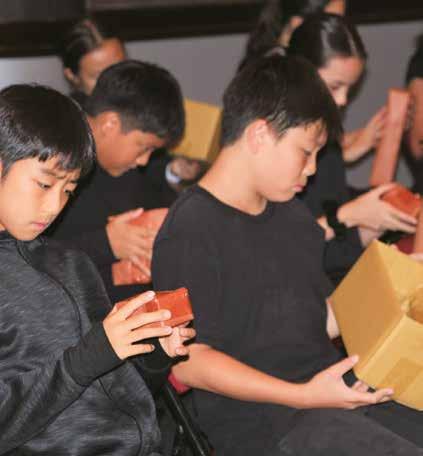
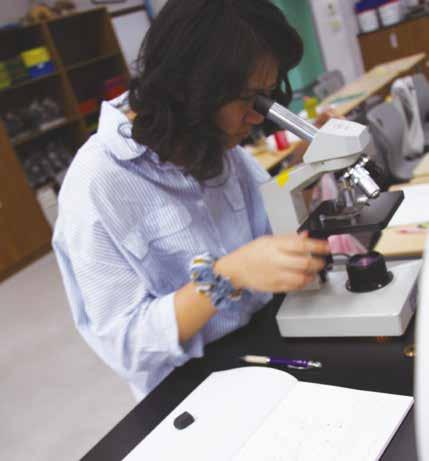
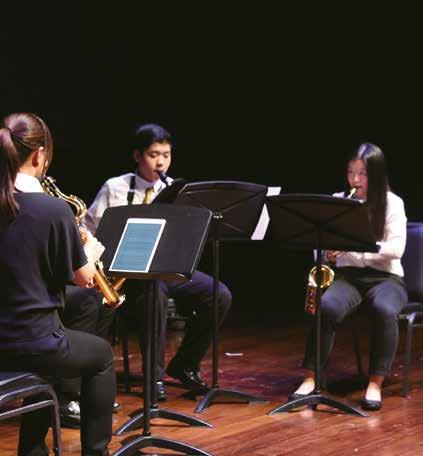
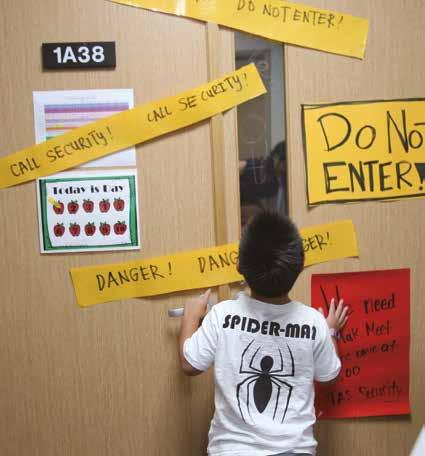
Ivonne Vidal Pizarro, Ph.D., has been a member of the TAS community for eight years now, first as a parent and faculty spouse, then as a research associate and upper school science teacher, and finally, as a yoga teacher. But don’t let her catch you dismissing her as “just” another yoga teacher. Ivonne, who received her doctorate in neuroscience from the University of Pennsylvania, dislikes it when people “dismiss” her as only a yoga teacher because she says it decreases her validity.
You won’t find her students making that faux pas at Taipei American School, where she is teaching a weekly community-based yoga class, thanks to the support of the School’s wellness initiatives.
Taipei American School has sponsored free yoga classes for community members since 2012 when former faculty member Barbara Golub was first hired to teach an asana-based yoga class. Golub led the community class from 2012 until 2015, and, when she left, Ivonne was asked to take up the class in her stead. There was a brief hiatus in yoga classes at Taipei American School for two years, between 2016 and 2018. Current faculty member Conrad Bauer led yoga for one school year, 2018-2019. When he decided to spend more time with his newly-growing family, Ivonne was asked, yet again, to come back to TAS to teach.
Ivonne began her journey with yoga in 1995, when she first began attending classes in Miami. However, she says that she was drawn to the
innate beauty of yoga from a much earlier age. “When I was, I think about eight years old, I saw this little thing on my way out of Woolworths, a book on isometric exercises,” Ivonne said. “I remember thinking to myself, that’s kind of interesting, and it kind of stuck in there...I knew that there was something there, so, eventually, I had my first class in 1995 and I cried through ‘savasana’ because I was about to leave everything I knew to move to Boston.”
Yoga can have a deeply restorative effect on its practitioners, as one can see from Ivonne’s own example. Yoga is, by its definition a group of physical, mental, and spiritual practices, which originated in ancient India, and which are still practiced today. There is a broad variety of yoga schools and practices, but the term “yoga” in the Western world often denotes a modern form of “hatha yoga,” yoga as exercise, consisting of various postures called “asanas.”
However, Ivonne cautions her students against taking this latter stance towards yoga. She says, “whatever your normal exercise is, keep doing it continuously.” She cautions against treating yoga as merely a form of exercise because yoga strengthens what you are already doing. When new yogis first start taking class, she says that they will initially feel it “physically stretching [them]. [They] will feel happier, more comfortable, and like there’s more room in [their] stride.”
Once a person has developed a more consistent yoga practice, she
says that is when yoga will begin to tap into a person’s emotions. “It will deepen emotionally like you are ticked off for no reason as you leave class. There’s something in the practice itself that helps a person let go,” says Ivonne. “Like an onion, it will start to peel back layers, beyond the emotional, beyond the physical. Your perspective on things will change, which is a good thing.”
Ivonne has experienced this type of emotional reaction many times in the presence of great teachers. Ivonne’s yoga journey deepened in 1998 when she began to practice more regularly in Philadelphia. She practiced yoga in addition to other forms of exercise for the next 16 years, with various teachers in the United States and Taiwan.
Eventually, Ivonne decided that she wanted to know more. Ivonne decided to enroll in an intensive yoga-teacher training course in New York City with a good friend of hers. She went on to receive her 200-hour Yoga Alliance yoga teacher training certification under the guidance of mentor teacher Alan Finger. Since graduating from that program
Like an onion, it will start to peel back layers, beyond the emotional, beyond the physical. Your perspective on things will change, which is a good thing.
in 2014, she has continued to study under Rod Stryker, her more recent mentor, whom she chose after studying with a student of his, Bonnie Wiseman, who was living and teaching yoga in Taipei.
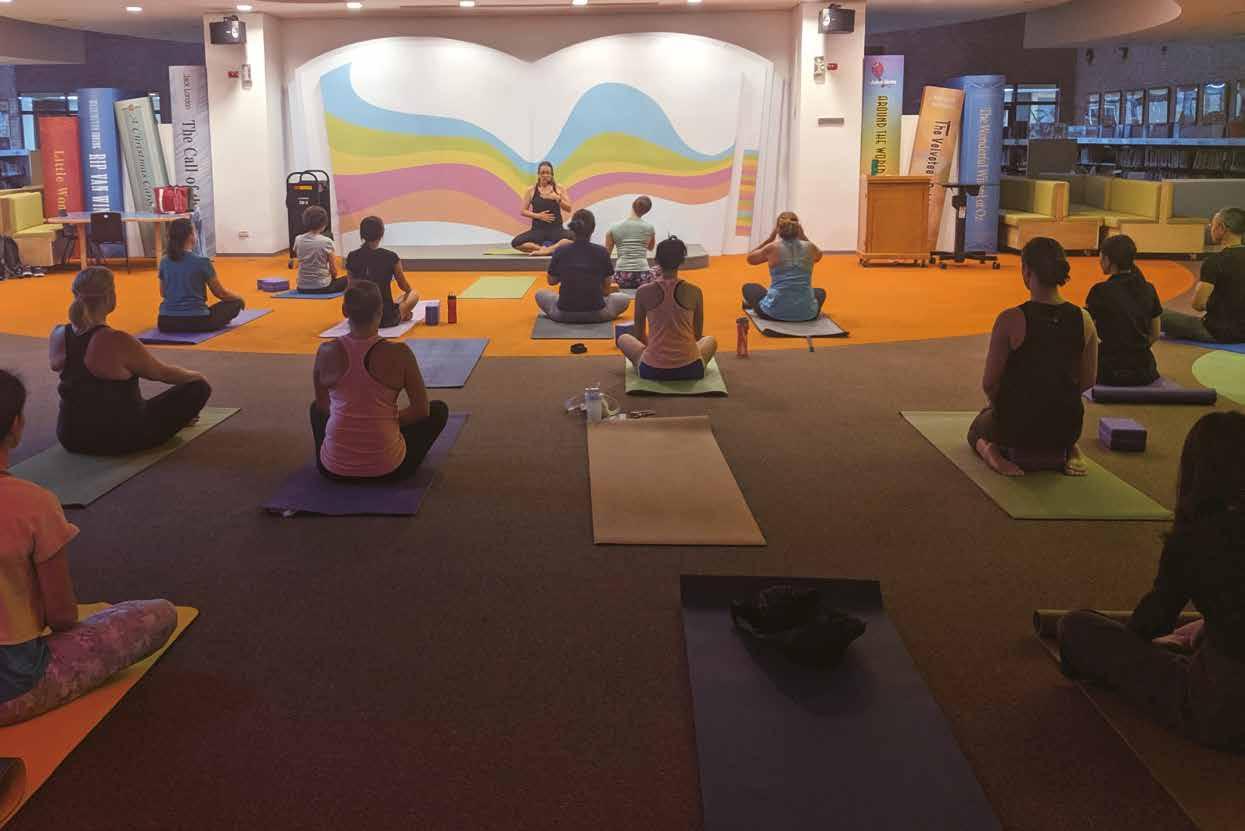
Ivonne decided to study under Rod Stryker because she felt like he approached yoga from an academic, anatomical approach: “What I liked about him, in particular, is that he is very academic...but at the same time, he leaves room for all the emotional and spiritual part of yoga, so it doesn’t feel wishy-washy or fluffy.”
When Ivonne is teaching at TAS, she tries to balance both of these aspects of yoga, the academic and the spiritual. She will often remind her students of their spinal alignment or foot placement - aspects of yoga that are grounded in anatomy, to minimize the risk of injury when attempting challenging poses - but she will often remind her students to breathe and to “leave their thoughts outside,” part of the more meditative or spiritual aspect of practicing yoga.
She initially had difficulty de -
scribing what her teaching style is, choosing to describe her teaching by what it is not: “It’s not hot yoga. It’s not ashtanga. There IS movement,” Ivonne said. “You’ll do this move after the other. It’s active and it’s balanced.”
She says that she is most interested in making sure her students breathe because each breath a student takes will ensure that they are fully present in class. “If you’ve lost your breath, you’ve lost your practice,” Ivonne said.
Ivonne loves teaching at TAS because being a teacher of teachers, to her, is a fascinating project. “As a teacher of yoga, I don’t have to grade or come up with assessments,” Ivonne said. But she has noticed that our faculty members, teachers who are now practicing yoga as students, often want to follow Ivonne’s directions, regardless of whether or not the pose is right for their body in that moment. “When a teacher says ‘put your hands up and go there,’ even if your body doesn’t allow for that, teachers always want to comply. As a teacher for teachers, I have to
LINDSEY KUNDELdirect some to do other modifications.”
This type of diversity of yoga students is extremely important to Ivonne’s philosophy of yoga instruction. “I enjoy all of my students and the challenges they bring,” Ivonne said. “While the more limber student may need greater strength, the more stiff student may need gentle stretching. An active student with a million things to do may need greater focus: breathwork and meditation. They may think they’re stretching or getting a good workout, but that’s just physical, which is the past. I’d like them to get into the breath, the now. I hope to lead them into meditation, the future.
Ivonne says that she teaches “for the pleasure of watching [her students] leave in a better space than when [they] came in.” Her hope is that she can see them “leave with fewer wrinkles in their faces and a lighter smile, ...walking with more grace and ease or a more comfortable, longer stride.” She says that being a yoga teacher and seeing this type of transformation in each of her
If you’ve lost your breath, you’ve lost your practice.PHOTO:
students is an “honor,” one that she hopes to continue to explore at TAS in the future.
Although she only teaches one class a week at TAS for faculty and staff, Ivonne also teaches at For YogArt, a yoga studio in Tianmu. She is planning to expand her teaching to TAS students in the future. “I think all schools are very demanding places, for both teachers and students.” In a yoga class, students work to develop skills to help them manage their own stress, something which all members of our community could use, regardless of age.
She would like for TAS high school students, in particular, to be able to take a yoga class in order to “learn to access their inner voice, the one that never leads you astray... our internal Jiminy Cricket,” Ivonne said. “As with my adult students, I’d encourage younger students to trust this voice to make better-informed decisions, rather than the decision that earns someone’s good graces, which may lead away from the good, right choices.”
Regardless of who she is teaching, as both a teacher and TAS parent, Ivonne is excited to continue to bring yoga and stress-release programming to the TAS community. In particular, Ivonne wants faculty and students to learn more about the benefits of meditation: “Meditation really gives you that stress release. I think it would really help a lot of management of anxiety and difficulty.”
Ivonne hopes that each member of our community can learn to practice more “self-acceptance,” regardless of where they are in their stress-management journey. “Have compassion for yourself as well as for one another,” Ivonne said.
TAS sponsors a community yoga class for faculty and staff on Thursday afternoons from 4:15-5:45 PM in the Lower School Library. If you are a current TAS employee and would like to join, please wear comfortable clothes and bring a water bottle and a yoga mat.

Q: How has the weekly yoga program benefited you personally and professionally?
A: It gives me a space to practice mindfulness and peace in the middle of a hectic week. It also allows me to become a learner again, and to remind me of what my students experience in the classroom as they struggle to master new skills or to take risks. Physically, my body is very strained from sitting for long periods of time grading and planning on the computer; yoga allows me to mitigate some of that pain!
Q: How has the yoga program affected our TAS community?
A: I like that it brings diverse members of the TAS community together. During a typical work day, I only really see Upper school faculty. At yoga, I get to see faculty from across all divisions. I also get to meet people who do not teach but are crucial to our community. Teaching aides, HR staff, mailroom staff, etc! I think it’s great how the school has supported this endeavor because it reflects a commitment to wellness—not just individual wellness, but also the wellness and health of our community.


Q: How has the weekly yoga program benefited you personally and professionally?
A: It is an hour and a half where all I have to do is be present, move my body, breathe, and relax. She has a million and one modifications, she meets you where you are at in your yoga practice, she has a calming voice that instantly relaxes me.
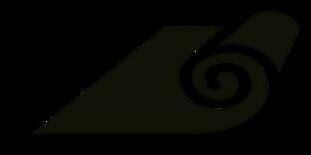
Q: How has the yoga program affected our TAS community?
A: I just love that we are offered a free service to better ourselves which in turn allows us to show up as our best selves for our students. It is a lovely space to connect with coworkers that I never see during the day and to do something active together.
最終,我在1995年上了我的第一堂 savasana課,我哭了,因為我知道 自己將要離開這一切搬到波士頓 去。” 從Ivonne自己的例子可以看 出,瑜伽可以對其練習者產生深遠 的恢復作用。從定義上講,瑜伽是 一組身體、心理和精神的實踐,起 源於古印度,並一直沿用至今。瑜 伽學校和實踐的種類繁多,但是西 方世界中的“瑜伽”一詞通常表示 現代“hatha瑜伽”,瑜伽是一種 鍛鍊,由稱為“ asanas”的各種 姿勢所組成。
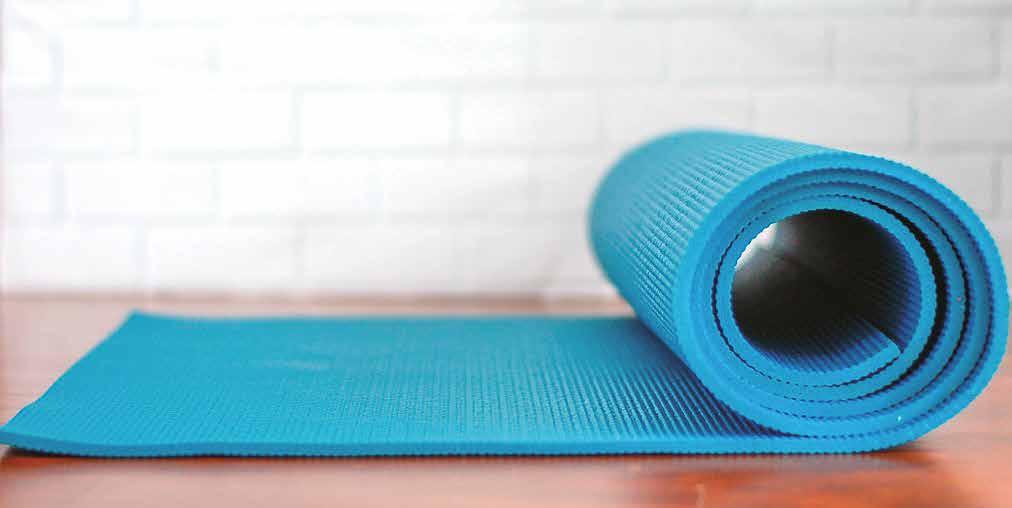
Since the start of the 2019-2020 school year,Taipei American School has welcomed two new assistant athletic trainers, Ms. TK Edwards and Mr. Conor Davis. 自2019-2020學年開始以來,台北美國學校已迎接了兩名新的運動訓練員TK
Edwards女士和Conor Davis先生。
Prior to coming to Taipei, Ms. TK Edwards worked as an athletic trainer for the Shanghai Community International School in Pudong. She is a certified and licensed athletic trainer and also holds a master’s degree in kinesiology.
The first time Ms. Edwards came to TAS was when she visited last spring for the concussion lectures with Dr. Kenneth Poddel. “Coming to the campus, meeting different members of the community, it made it a really easy choice to want to work here,” she said. “Everyone was so kind, welcoming and helpful, I appreciated the welcome I received, even as a visitor here.”
Ms. Edwards feels that communication at TAS is very thorough, which is beneficial for injured student-athletes. “TAS is definitely a team. It is not just us athletic trainers doing our own thing; it is a team effort,” she said.
Ms. Edwards started her career as an athletic trainer when she was in high school, when she assisted the athletic trainer at her school as an athletic training student intern. “I was one of the kids along the sideline at football games and basketball games, helping get water, doing first aid, it’s always been something I’ve liked to do,” she said.
Her favorite thing about being an athletic trainer is that she gets to assist student-athletes in overcoming their injuries. She always looks forward to seeing athletes rejoining their sports and cheering for those sports.
She believes that the most suitable word to describe her job as an athletic trainer is unpredictable.“An injury can happen at any time, an injury can look like one thing, and it can be something completely different. You just don’t know until you poke around, ask questions, get imaging,” she said.
Ms. Edwards hopes that by coming to work at TAS she can continue the high level of standard of care provided for student-athletes and to also improve injury prevention. “All the resources are already in place, I can just focus on doing my thing and working with student-athletes,” Ms. Edwards said.
Before coming to Taipei, Mr. Conor Davis worked as an athletic trainer at Wellesley College in Massachusetts and also spent a year in Vietnam. He is a certified athletic trainer and has worked with various soccer, volleyball, track and hockey teams.
Mr. Davis particularly enjoys the system at TAS where he gets to work with specific sports teams. He is currently working with the boys’ basketball team during season 2 sports. “I like getting to know the guys, rather than working with a bunch of athletes and not really knowing much about them,” he said.
Mr. Davis discovered the possibility of becoming an athletic trainer at TAS from a group chat. “I did some networking and eventually ended up in a group chat that Ms. Hardy was in, so I heard about the job here,” he said. “I already knew TAS was where I wanted to go, so it worked out really well.”
He feels that being an athletic trainer is all about being engaged. “I like it because it is so hands-on, rather than sitting behind a desk all day,” he said, “I’m engaged with everything that’s happening, part of it rather than in the background.”
Mr. Davis’ first exposure to this profession was in high school when the athletic trainer at his school offered a pilot course on athletics training. “When I took the class, it inspired me to look for AT programs in the U.S.,” he said.
As a lover of traveling, Mr. Davis particularly enjoys the opportunity that TAS offers to travel internationally with sports teams. He also appreciates the respectful attitude from people at TAS. “It’s always nice when kids, coaches, and parents are respectful of what you’re trying to do as an athletic trainer,” he said.
Due to the fact that athletics training is not as well known in Asia as it is in the West, Mr. Davis hopes to grow this profession. He appreciates the understanding that people at TAS have towards athletics training as a profession and the resources that are available to him here.
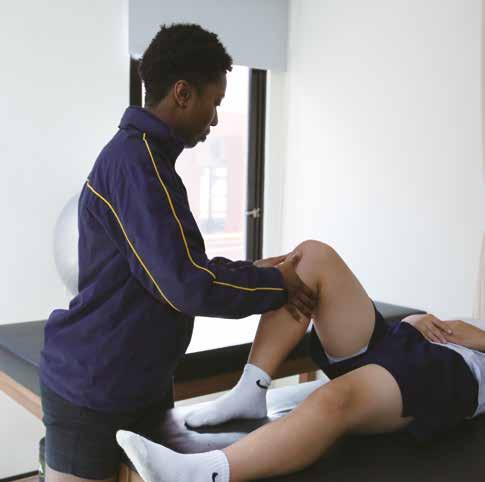
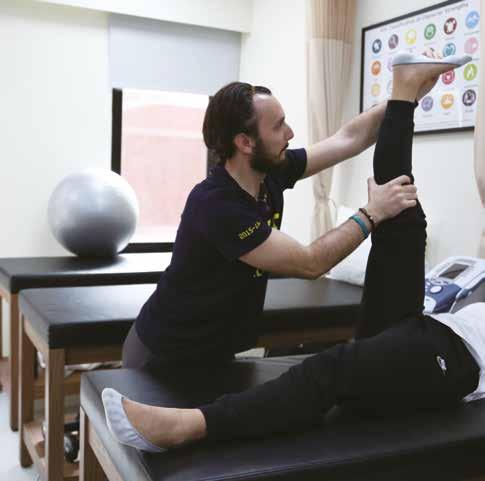
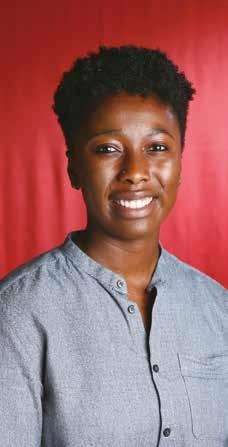
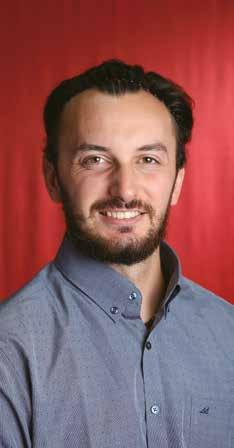
The lower school Mandarin program has gone through a remarkable transformation in the last few years. Many positive changes have happened for students, teachers, and the community: enhanced learning, empowered teaching, and improved communication. These changes have put the lower school Mandarin program in the regional spotlight as a program to learn from and emulate.
Traditionally, learning to read and write in Mandarin is not associated with positive experiences. “You just read more to read better; you just write more to write better,” students are told. One can argue that there is some truth in the sayings, but the LS Mandarin team knew that embedding learning in positive experiences would result in stronger growth and retention of learning. So, the team committed to exploring effective strategies for elevating student engagement and literacy skills. They turned first to the literacy practices they knew were working in the homeroom classes.
Now, when you walk into lower school Mandarin classrooms, you will see many of the same structures and strategies that you normally see in the homeroom classes. Students clustered around their teachers, listening to and enjoying stories read aloud, pausing to think and talk about characters, problems, and lessons. Students learning to recognize characters and building vocabulary as they joyfully read a text together, guessing at the mean-
ing of covered characters. Teachers and students sharing the pen to create messages, targeting grammatical structures, correct stroke order, and vocabulary development. Many components of balanced literacy are being implemented in Mandarin classrooms, so that students flow from the homeroom to Mandarin classrooms, experiencing familiar routines, structures, and expectations.
The lower school Mandarin teachers have also been working with Mandarin consultant Dr. Jimei Chang with the goal of applying teaching strategies to meet the individual needs of learners. Improved assessments have led to a clear understanding of students’ current skills and next steps, allowing teachers to use flexible grouping based on content needs and students’ individual abilities. Providing appropriate support to help individual learners grow is an ongoing goal.
The Mandarin teachers are making intentional use of their walls to
support growth and independence. Charts, posters, and messages capture evidence of students’ learning and progress. Character lists, sentence pattern charts, groups of functional expressions, and samples of mentor texts all serve to anchor learning and provide a reference as students practice the language. Students practice and grow in a supportive environment full of resources.
Another way that the lower school Mandarin team has worked to meet individual needs is through the creation of a leveling system for matching readers to just-right Mandarin books. After studying the system used for leveling English books, the lower school Mandarin teachers and the TAS K-12 Mandarin Librarian, supported by lower school Literacy Coordinator, Amanda Jacob, successfully developed a leveling system suitable for international school Mandarin language learners. By matching readers to justright books, the Mandarin team has increased interest, engagement in reading, and growth for readers.
Alongside the development of the leveling system, the team has built a rich Mandarin book room and classroom libraries that support children’s interests and abilities. Lower school students read Mandarin books at home on a daily basis. Beautiful and interesting books of different genres, suited to their reading level, circulate among the students. Talking and writing about reading have become regular
Teachers and students share the pen to create messages, targeting grammatical structures, correct stroke order, and vocabulary development.
practices in the Mandarin classrooms. Each year the team will continue to build the collection of books because the more students read, the more their reading skills will improve, and the more they will enjoy reading.
The lower school Mandarin team has also worked to improve communication with parents to help them better know their children’s strengths and next steps and the goals of the Mandarin program. An infusion of iPads has allowed the children to showcase their learning on Seesaw, giving parents regular glimpses of their children’s progress. The lower school Mandarin team also hosts an interactive back to school night where parents get to see examples of children’s writing across the grade levels, the materials used in different courses, and hear children presenting on different topics in Mandarin. The team has worked to partner with parents to improve learning.
The hard work of the lower school Mandarin team has garnered attention from around the region. The TAS Mandarin program is the most desirable place for local university graduate school students to do their internship.
TAS and National Taiwan Normal University, the top-ranking graduate school for teaching Chinese as a Second Language in Taiwan, established a mutually beneficial collaboration beginning in 2016. NTNU graduate students serve as teaching assistants in our lower school Mandarin classrooms as part of their course requirements. These well-qualified teachers also help with after school Chinese Culture Club designed to provide extra language and cultural experience for lower school students who are learning the language for a very limited amount of time.
The lower school Mandarin teachers also host an annual Chinese Literacy Symposium where they share best teaching practices. The 2019 Symposium brought together over 80 Mandarin teachers from Hong Kong, Singapore, China,Taiwan, and the United States.
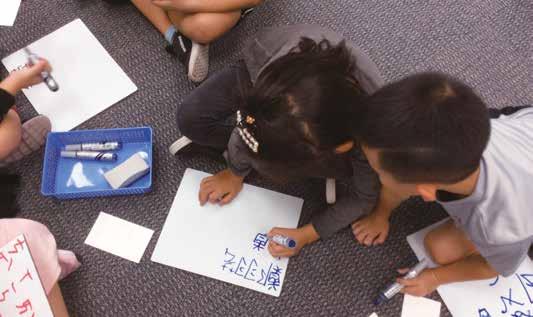
The lower school Mandarin team has received much positive feedback from various sources. Parents say that their children enjoy learning Mandarin more than before. Students’ engagement and sense of achievement have grown; there isn’t a monotonous moment in the Mandarin classrooms.Visitors from other international schools come to learn from the lower school Mandarin team. The incredible dedication to professional growth and student learning and the hard work of the Mandarin team have transformed the lower school program into a place where children joyfully build their language skills.
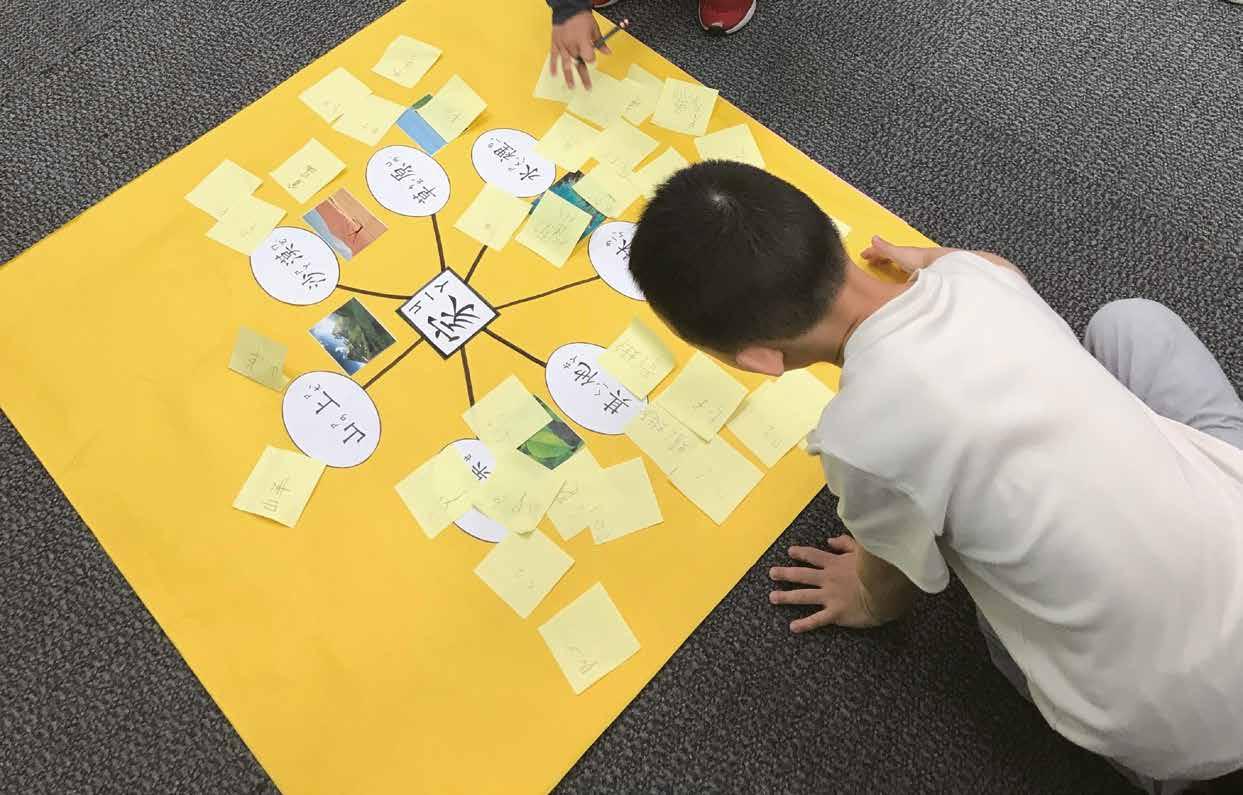

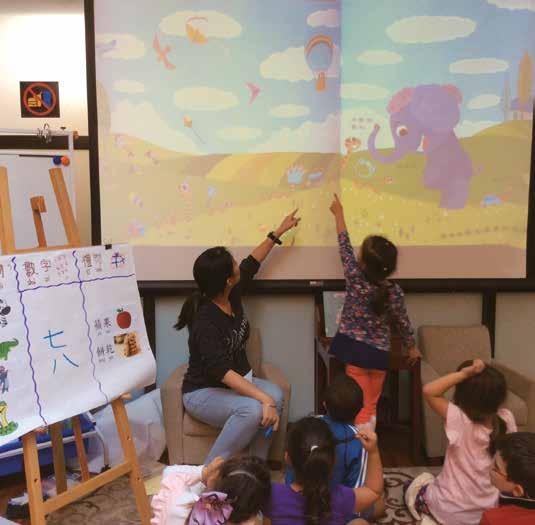
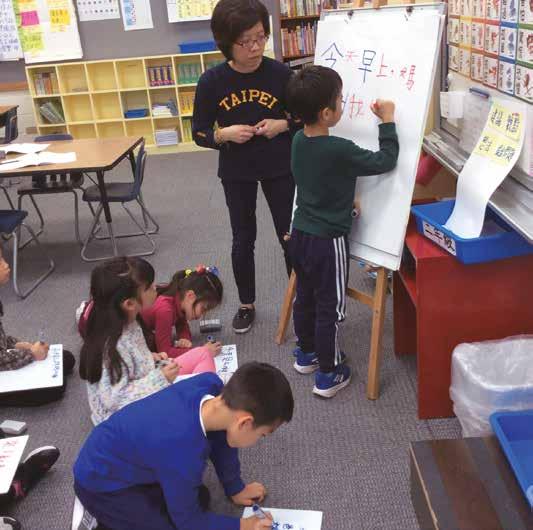
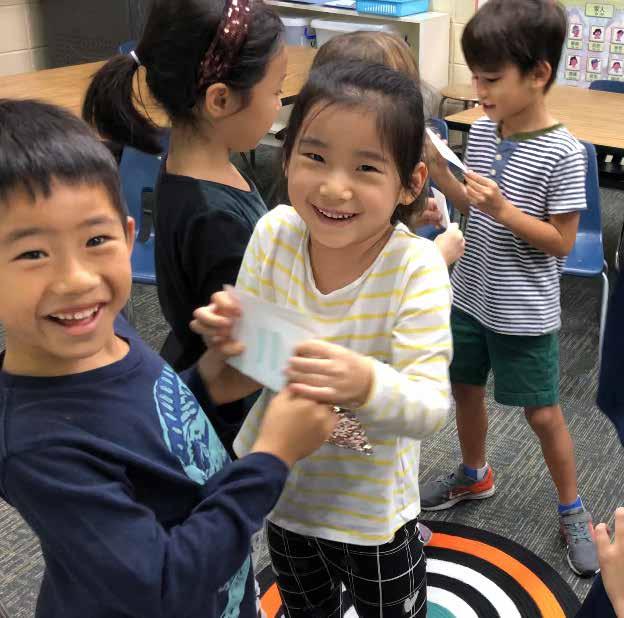
Who spent three years pretending to weave a funeral shroud for her husband who left to go fight in the Trojan War?
Which of the following words, if any, is NOT derived from the same Latin root as the others: preamble, somnambulate, amicable, ambulatory?
What was the name of the great Carthaginian commander who wreaked havoc in Italy during the 2nd Punic War? Kristoff, the character from Frozen, has a name originally derived from Greek. The name belongs to a world famous man/deity. What is the original Greek name?
Students easily answered these and many similar questions during TAS Classics Day, the second of its kind, hosted in the Middle School Library on November 14th, 2019. The event, inclusive of all students grades 5-8, offered a chance to test out their knowledge of Greek mythology, Greek and Roman history, or English language questions about Latin or Greek roots. Classics Days are hosted throughout the world as a chance to celebrate two ancient cultures that remain foundational for current times.
Students began their afternoon with an academic contest of their choosing or they could participate in a costume contest, assuming the roles of Hercules or Hippolyta. Students had the opportunity to take instant photos at Ye Ol’ Roman Photo Boothe where they could don the toga of a Roman citizen or a Roman soldier’s helmet, breastplate, and gladius (wooden sword). Others
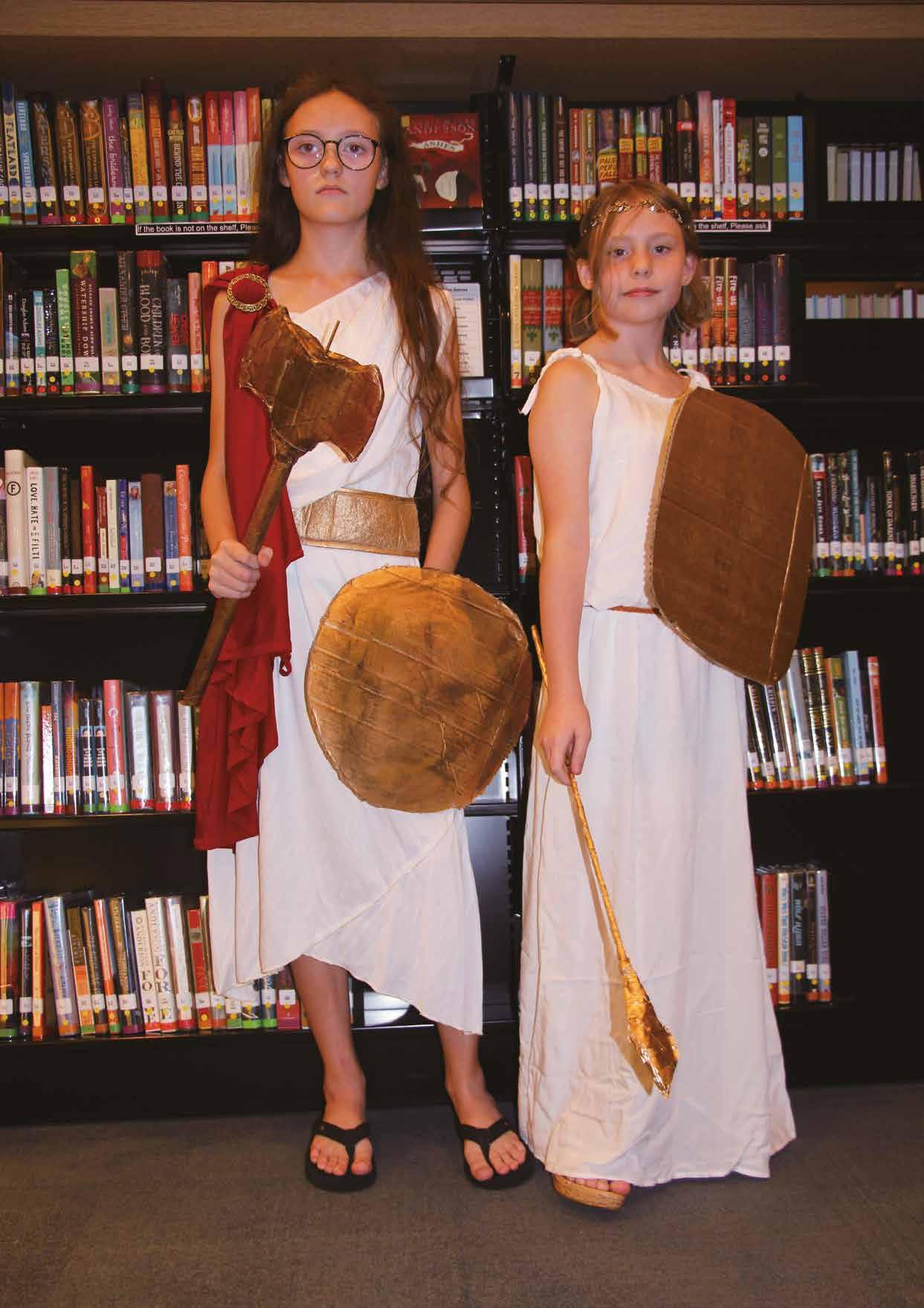
simply decorated themselves with victorious laurel leaves. Elsewhere in the Middle School Library, some students chose to follow upper school classics student, Alan L. (’22), on a history scavenger hunt. Alan hid clues inside library books that students could find after they answered ancient Roman history questions. The afternoon ended with Certamen, a popular trivia game among Latin students in the United States. The game involves students working on teams to quickly answer Greek mythology, Roman history, Latin derivatives, and Roman culture questions.
Students could compete to earn awards in each category, which added a fun competition to the celebration. Hannah R. (’25) earned her second Classics Day first place award for her creative and authentic costume interpretation of Hippolyta. Ethan H. (’25), Aidan H. (’26), and Camellia C. (’25) earned first place awards, respectively,
in the academic contests for Greek Mythology, Roman History, and Latin and Greek derivatives. Raymond K. (’26) and Laura N. (’25) earned first place awards for their creative arts submissions. The artwork submissions at Classics Day ranged from gladiator armor, replicas of Roman swords (specifically the one used by Horatius Cocles against the invading Etruscan king Lars Porsena), an Egyptian cat, or artistic renditions of mythological characters.
The Latin motto for this year’s Classics Day, nil sine magno labore, “nothing without great effort,” was derived from Horace’s Satires Book 1.9 and served to remind and validate TAS students in their own academic endeavors. In Horace’s satire, Horace is stuck talking to an incredibly boring acquaintance who is determined to ingratiate himself to Horace and his friends.The bore understood that it would take great persistence to winnow his way into Horace’s
social circle, saying “Life grants nothing to mortals without great effort” (nil sine magno vita labore dedit mortalibus). Although TAS students are far more pleasant and engaging than Horace’s unfortunate pest, our students certainly know how this ethic of determined persistence helps them reach their many goals.
Classical Greek and Latin remain important for many reasons, and Classics Day served to unite students in their shared love for this ancient culture. Hidden behind so many words, institutional practices, academic disciplines, and literary themes, the language and culture of Greece and Roman can be found everywhere. Even here in Taiwan, the word Formosa aptly describes our beautiful island with the Latin word that means beautiful. So it is no mistake that TAS, a bridge between western and eastern cultures, would have a strong classics program in its course offerings. As living languages continue to die (at an estimated rate of about one language every two weeks), somehow these two ancient languages, long considered dead or at worst useless, have managed to stay alive. But any classics teacher will tell you this is nil sine magno labore. So with lots of energy and delicious Greek-inspired snacks, the second TAS Classics Day showed a new generation why ancient Greece and Rome will always remain timeless.
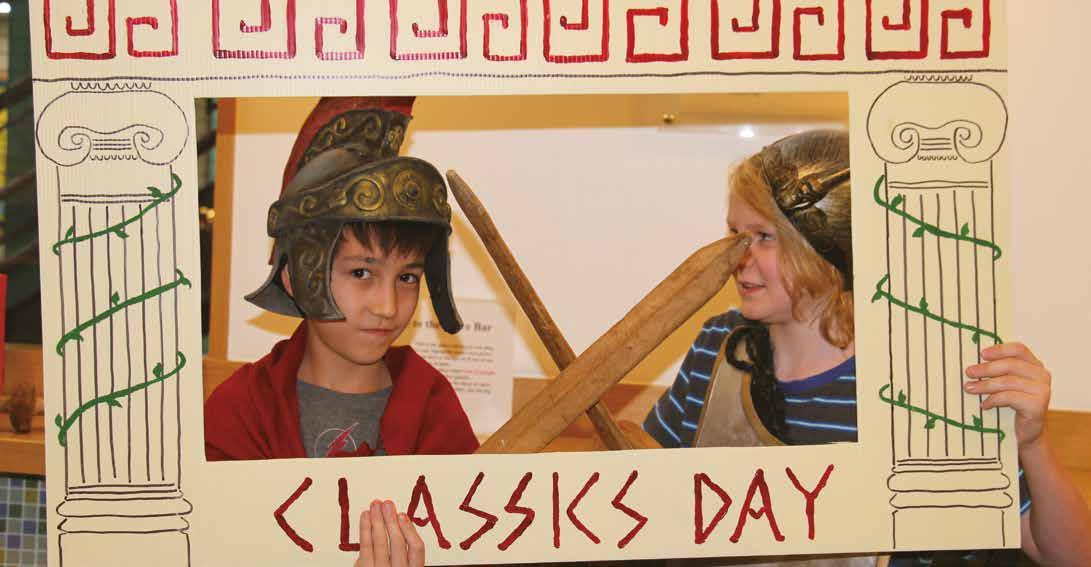
The Taipei American School Upper School film team won several awards at the All American High School Film Festival (AAHSFF) in New York for two of their films. They showcased the talent and creativity of the film team and impressed the judges and audience members alike.
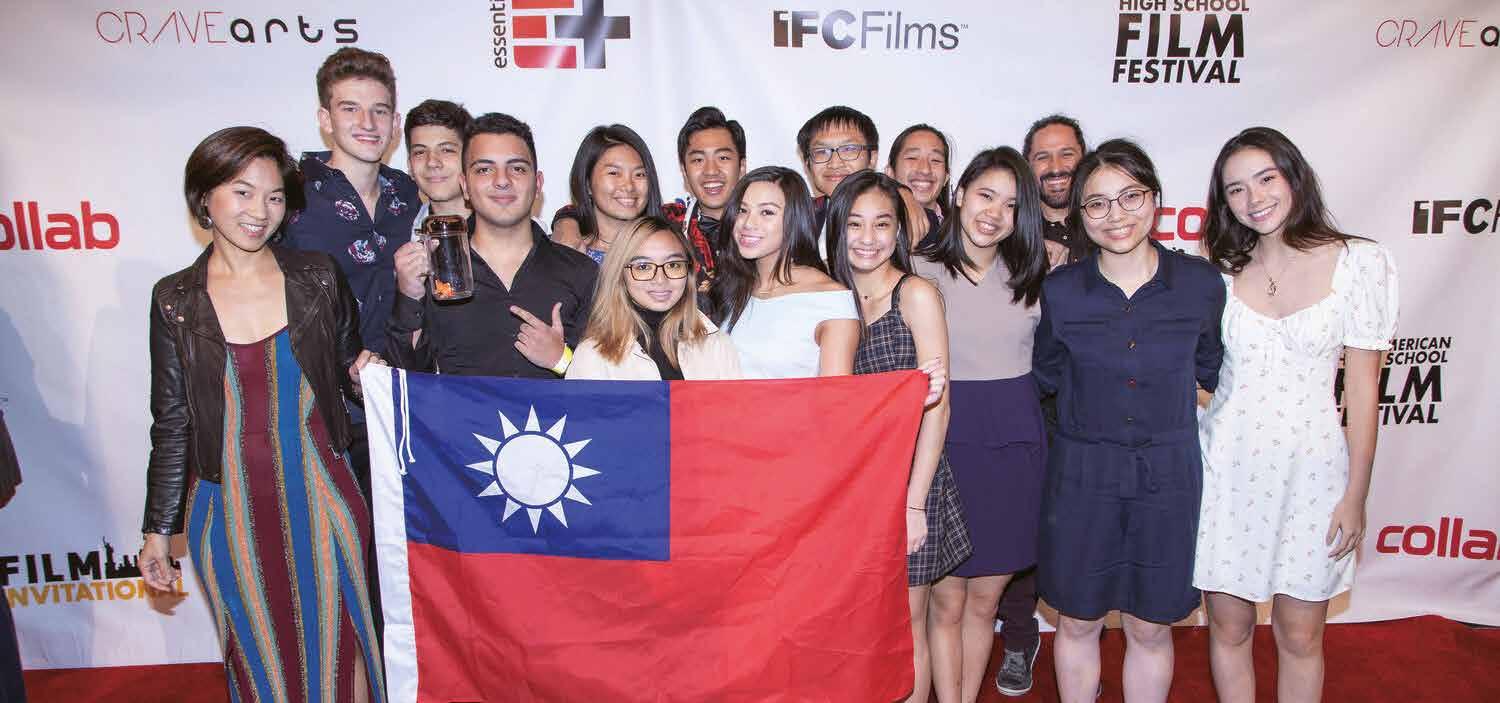
One of the student’s short films, “Portraits,” took eight months to write and produce by all 41 students who took part in making it. It was nominated for Best International Film, Best Director, and was awarded Best of Festival from among the 2500 submissions from 50 states and 50 countries.
Their comedy short film, titled “A Fishy State of Mind,” won Best Picture for the 3-day competition, receiving a NTD$150,000 prize. It portrays a mixup between two packages: a live goldfish and a fish taxidermy kit. “It was
very spontaneous,” Anthony H. (‘20), the film team’s director of photography, said. “It started as a joke and then became a story.”
The work and dedication put into the 3-day competition project was nothing short of incredible. “The 3-day competition is the ultimate test of the students’ skills and commitment,” Mr. Brett Barrus, upper school film teacher, said.
The students worked tirelessly even before they traveled to New York, in order to conduct thorough pre-production tasks such as booking spaces, writing the script, and testing shots, for ten weeks. “Students stayed at school everyday after class, as well as weekends,” Mr. Adrian Town, upper school film teacher, said.
Upon arrival in New York, the team immediately started to work, despite their jetlag. The team was often forced
to find creative ways and workarounds to overcome obstacles.
“We asked postal services for cardboard boxes and even scavenged the New York streets for them,” Ms. Michelle Kao, upper school visual arts teacher, department chair, actress, and leader of production design for the film team, said. It was a lot of thinking on the spot and preparing for all scenarios.”
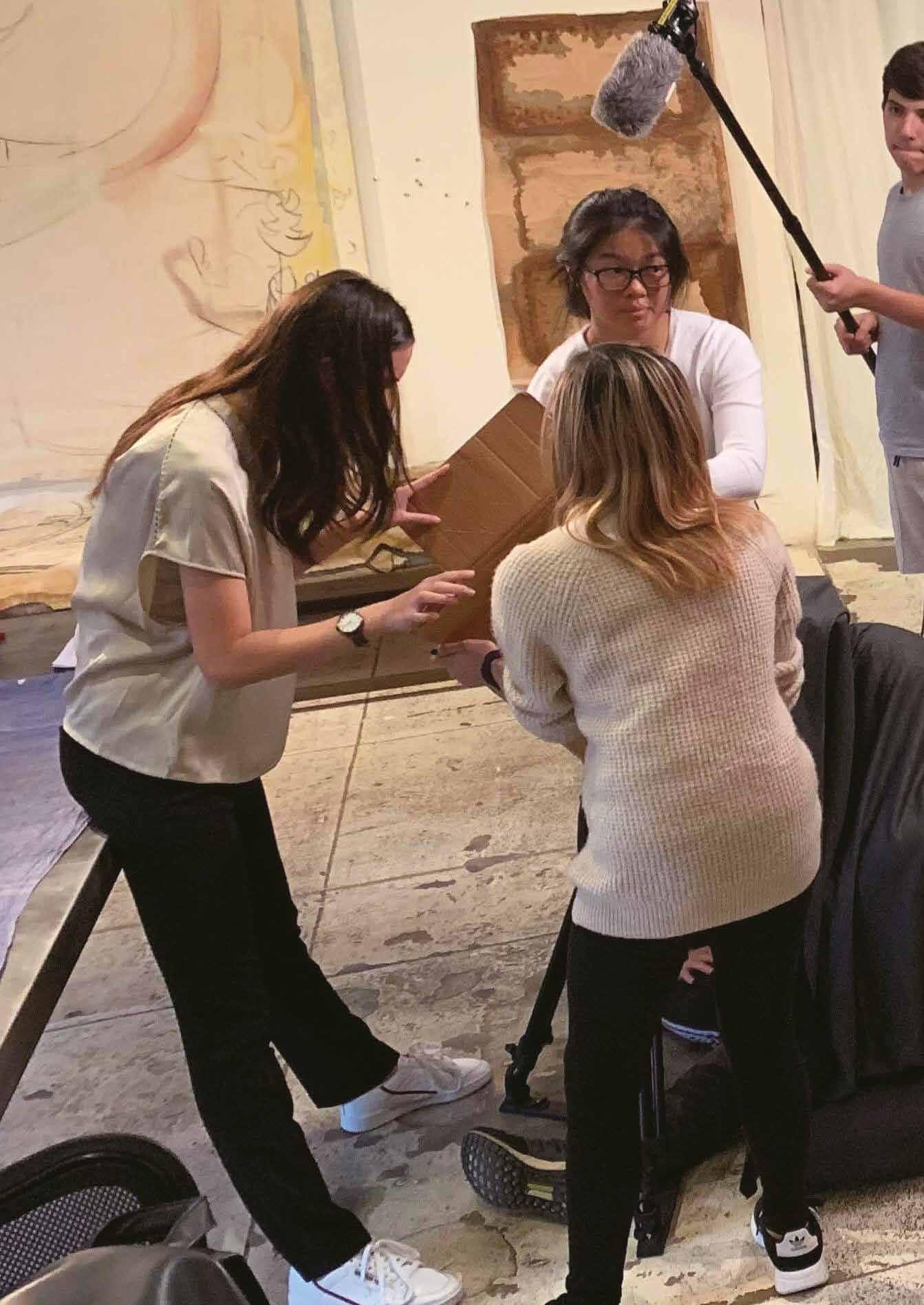
The trip also involved many sleepless nights, where Michael N. (‘20), director of the film team, stepped up to keep everyone motivated. “By the third day, everyone became zombies,” Michael said. “I really pushed myself to stay energized and confident, hoping that it would reflect on the whole team.”
The film team was especially focused on producing their best work after coming out as finalists at the same
festival last year. “The students definitely came away inspired [last year],” Mr. Barrus said. “They were hungry after seeing what was possible.”
The hungry mindset undoubtedly paid off, as the film team came out on top at the competition. The awards ceremony itself, complete with a red carpet, was very Hollywood-esque. “It was like a toned-down version of the Oscars,” Anthony said.
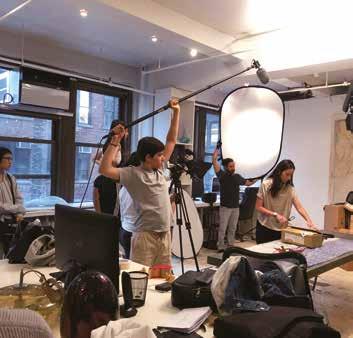
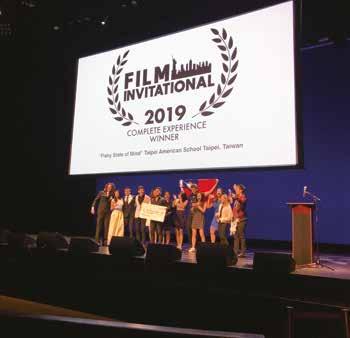
It was an experience that the team will never forget. “We walked down the red carpet with the Taiwan flag,” Michael said. “It was a cool, almost patriotic, moment where we were able to represent our school.”
Other schools were also amazed by the TAS film team’s product during the screening of their film. “Our film was like a breath of relief,” Anthony said, “a teacher from another school sitting in front of me was even laughing throughout the entire film. It really made us feel great.”
Winning first place and hearing “A Fishy State of Mind” being called to the stage aroused a plethora of emotions, and the moment was almost surreal to the team. “We were all nervous, then they announced us [as the winners] and I literally felt weightless,” Michael said, “it was a beautiful moment.”
The film team received a NTD$150,000 check to take back to the TAS film program. “It felt good to get validation for all of the hard work put into this,” Mr. Town said.
As the largest high school film festival in the world, the AAHSFF fostered spectacular work from many numerous schools. “Some of the other films were insane and had really deep messages,” Michael said. “This is something we can definitely explore more. We’re
just starting to crack the surface.”
The trip and overall project was a one-of-a-kind learning experience that the students and teachers felt privileged to experience. “You can’t replicate the same type of competition in a school project,” Mr. Barrus said. “This festival hosted the best of the best.” This project also gave students the opportunity to work in a drastically different environment. “It gave them a taste of working in the real world of film, instead of just a grade in a class,” Mr. Town said.
Everyone on the team was exceptionally proud of the product, but also equally proud of the camaraderie that developed along the journey. “I was so touched seeing the whole group have each others’ back,” Ms. Kao said. “The students even fed each other water and made sure everyone got rest; each role was so crucial, and the teamwork was amazing.”
The students felt the effect of their cooperation as well. “Everyone was working in harmony, almost like a professional team,” Michael said. “We could do anything we wanted.”
The success of the team will help propel TAS film even further forward in the future. “It further galvanizes the film community,” Mr. Barrus said. “The bar gets higher and higher, even TAS alumni currently attending film school are blown away every year.”
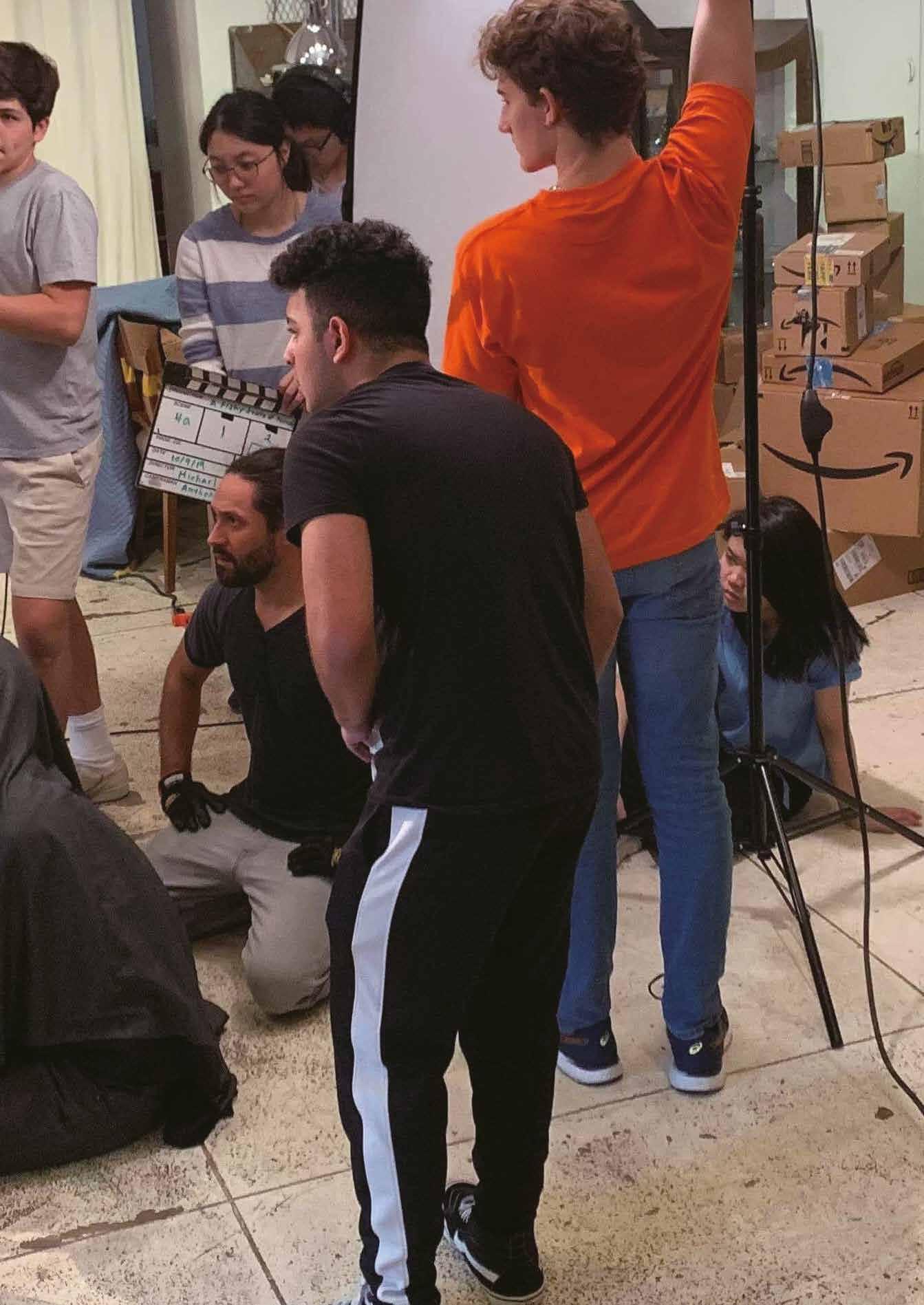
The film team’s accomplishment is only one example of the outstanding work performed by TAS students. “Don’t underestimate high school students,” Mr. Barrus said. “They can do amazing things. It’s happening everywhere at this school.”
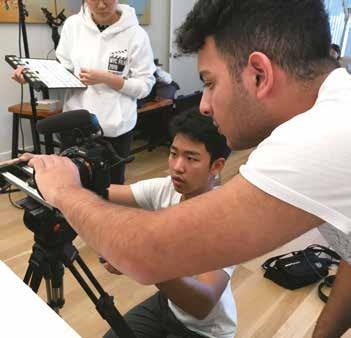
Anthony H. Michael N. Sabrina H. Damien Z. Kailynne C. Jasmine L. Claudia C. Kristina Y. Joshua Cho Preston T. Kai C. Evan N. Deniz B. Shayan S.
Teddy H. Jonathan H. Nicholas C. Samuel C. Jeffrey H. Alex L. Isabella L. Annie B. Evelyn P. Irene C. Daniel L. Matthew L. AnnRae T.
Michael N. Anthony H. Damien Z. Jasmine L. Sabrina H. Kristina Y.
Kelly Y. Teddy H. Isabella L. Deniz B. Olivia H. Charlize L.
“A teacher from another school sitting in front of me was laughing throughout the entire film. It made us feel really great.”
“PORTRAITS”
“A FISHY STATE OF MIND”
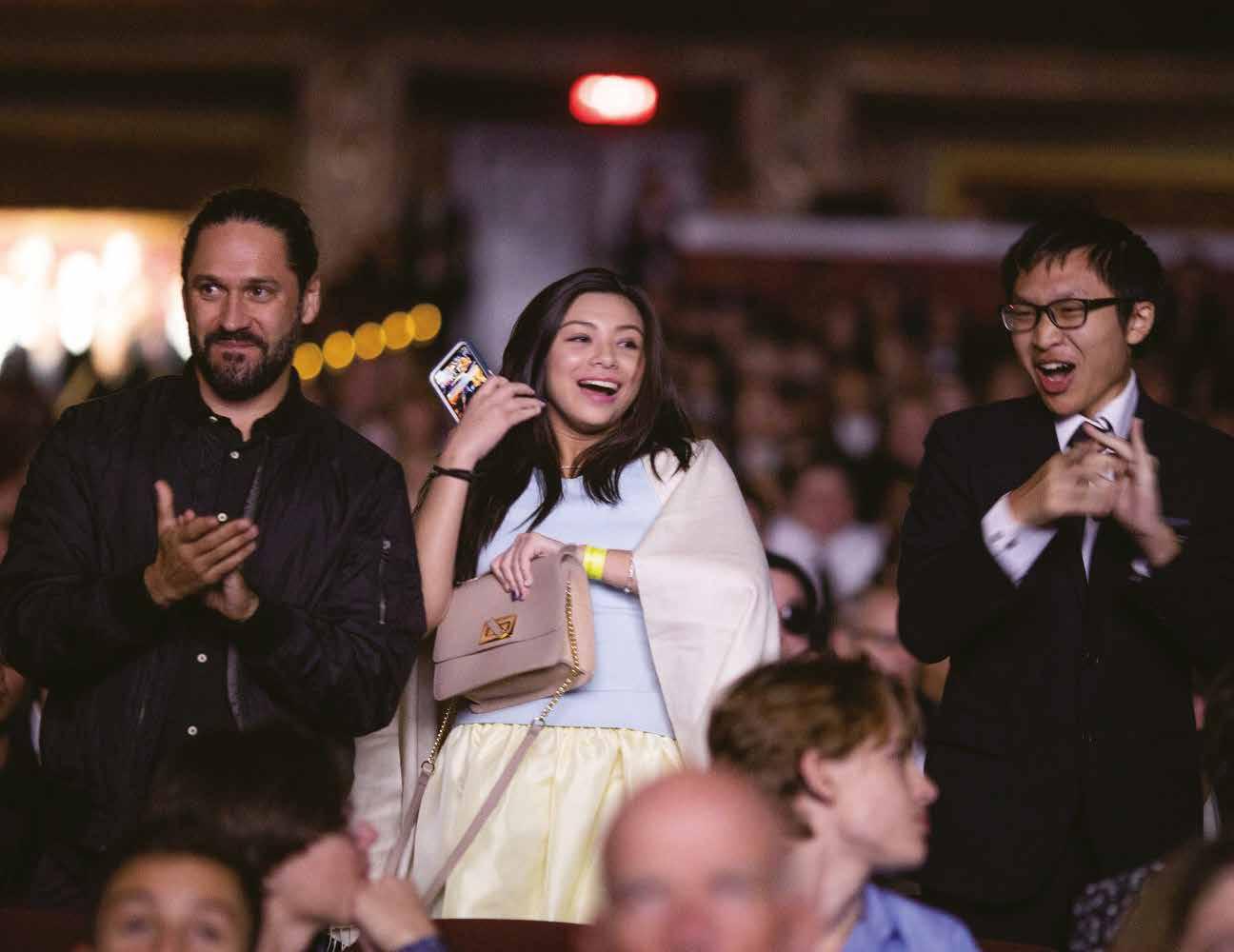
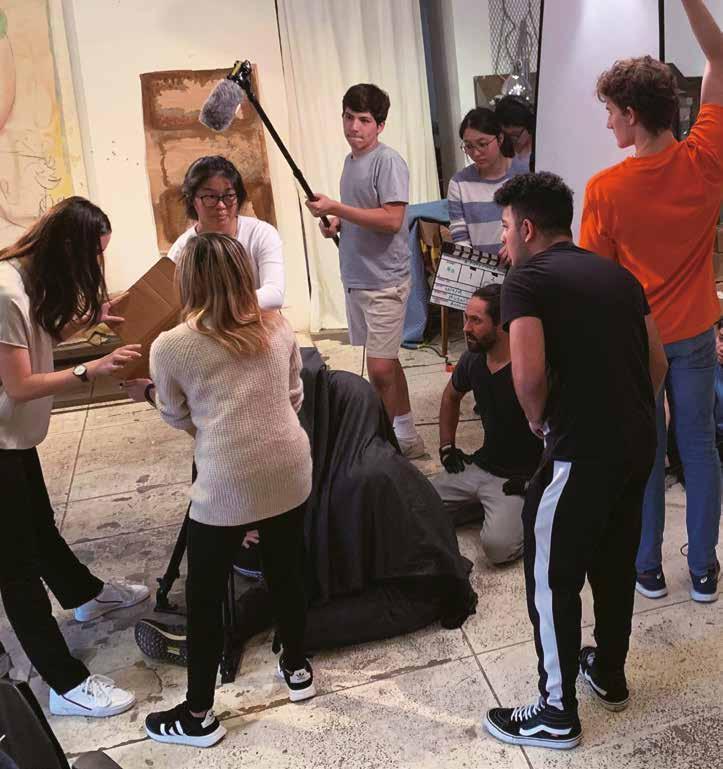
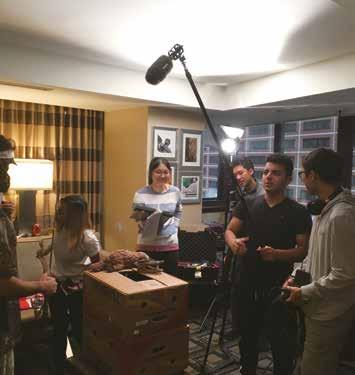
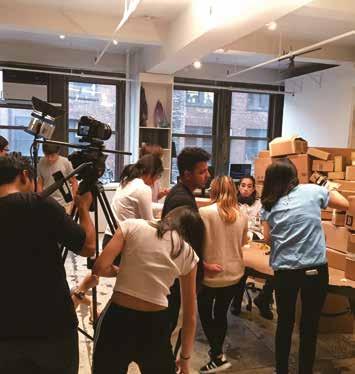
Season 2 sports are in full swing with IASAS Championship events for Basketball, Swimming, Tennis, and Touch & Rugby scheduled to take place at various conference schools Jan. 30-Feb. 1.

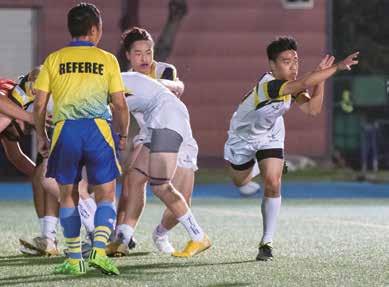
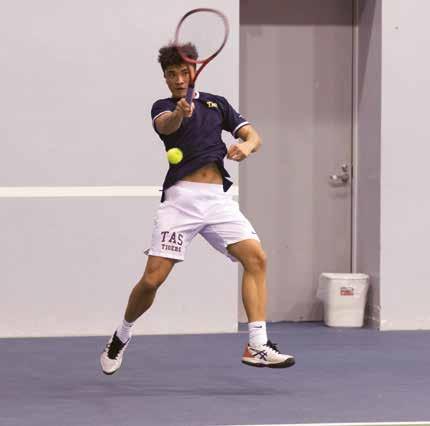

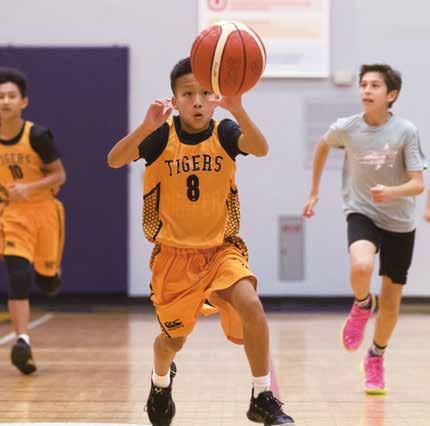
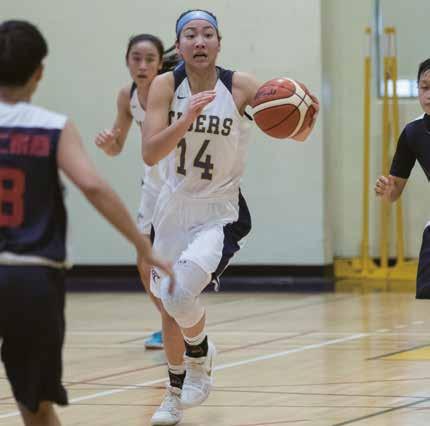
Earlier in Season 2, the Nov. 22-24 IASAS Rugby Exchange—which featured all six IASAS teams for the first time in recent years—saw the host Tigers post a 2-3 record on their turf. The following week, the TAS community was happy to take on hosting of the 2019 Holiday Basketball Invitational on a one-year basis from Hong Kong International school, which has hosted the tournament for 49 years, after the event was relocated due to recent events. Both the boys and girls teams reached the championship game before settling for silver.
TAS hosted a rain-soaked but spirited IASAS Soccer Exchange Sept. 20-21 in the leadup to the Oct. 10-12 Season 1 Super IASAS event hosted by International School Manila and featuring all three Season 1 sports (cross country, soccer, and volleyball). The girls volleyball team defeated Singapore American School to capture IASAS gold and the girls cross country team earned silver.
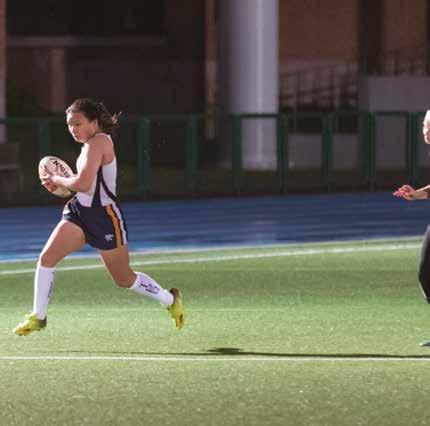
During the upcoming Season 3 TAS will host the annual Tiger Classic IASAS Track & Field Exchange in the leadup to the April 2-4 Season 3 IASAS Championships for Badminton, Baseball & Softball, Golf, and Track & Field.

Don’t forget to follow @tasathletics on Instagram, Facebook, and Twitter to stay up to date on your Tigers as they go for the gold!
PHOTOS: MIKE CORSINI
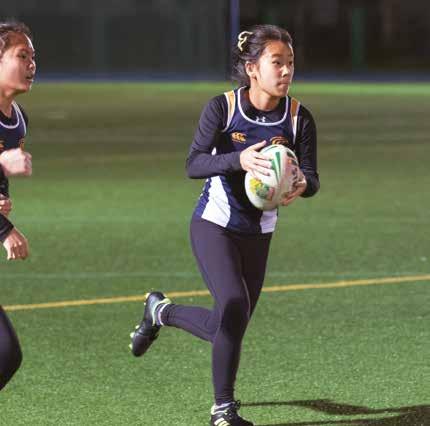
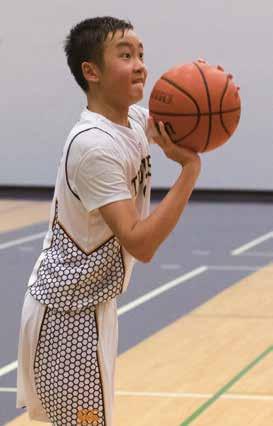
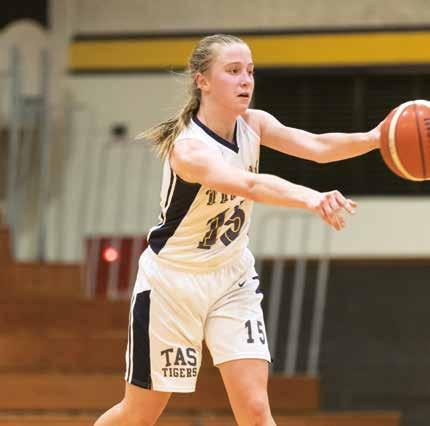
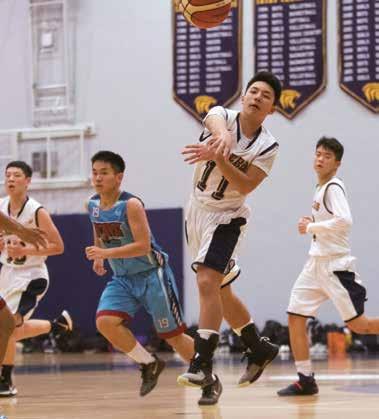
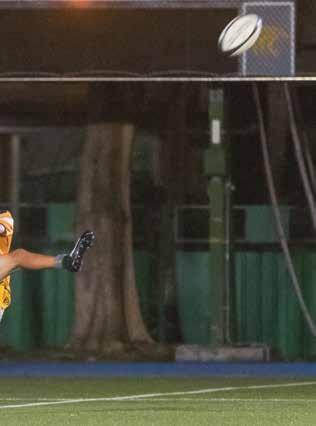
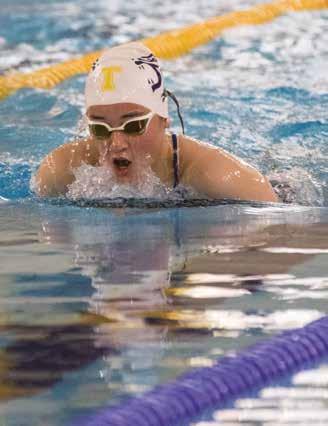
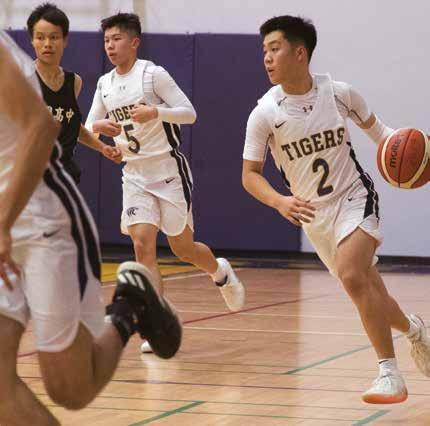
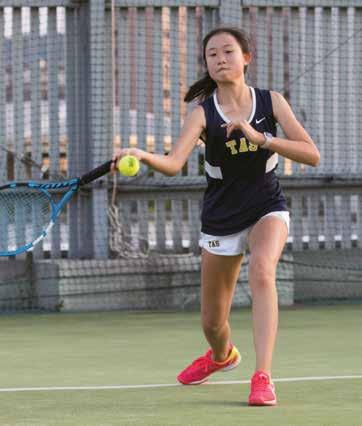
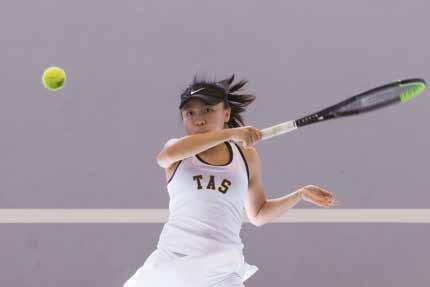

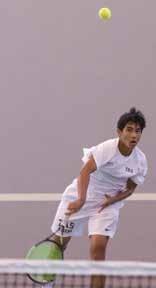
On October 21, TAS was honored to welcome the President of Wesleyan University to campus. Visiting from Middletown, Connecticut, Dr. Michael Roth met with upper school students and shared his perspective on why a liberal education matters. A dynamic lecturer who eschewed the stage in favor of moving through the aisles of Guy Lott Jr. Auditorium while engaging and conversing with the audience, Dr. Roth interacted with students as if they were in one of his undergraduate seminars. A consummate storyteller, Roth wove richly layered historical accounts into a summary of his perspective on various aspects of education and kept the audience’s attention by seeking student input throughout the lecture.
Many people would define a liberal arts education as an expansive and intellectual foundation in which a student explores diverse course offerings across disciplines. However, Dr. Roth didn’t mention courses at all. Defining a liberal arts education as one that encourages students to think for themselves and create their own ideas rather than restating someone else’s, he told students, “the most important thing about an idea is what you can do with it.”
Professor Roth encouraged students to be brave, ask questions, be open, be courageous, and take risks—which is not foreign for our students. Every day, in every grade, TAS students are nurtured, supported, and challenged to think creatively and independently while grappling with academically rigorous content.
Roth proposed to students that they should consider education to be a liberation from tradition. Although it is easier to conform than to challenge, he argued that education should “wake you up to the world” and provide access to something new. He also contended that education should encourage independence rather than incentivize
obedience.
When Roth asserted that the world needs students to practice disobedience, creative thinking, and instigate rebellion for social change, there was a noticeable ripple of discomfort throughout the auditorium. And that moment was a poignant reminder of exactly how uniquely positioned TAS is as a bridge between Western and Eastern philosophies of education, and that at any given moment, members of our community can be on very different spans. The fact that students are living and experiencing different perspectives, rather than simply studying about them, illustrates the incredible advantage TAS alumni have in positioning themselves in this world with ever-shrinking borders.
Given that several students had the courage to respond to Professor Roth’s lecture with insightful questions, it is clear that they accepted the challenge of engaging directly with his topic. Leaning into discomfort leads to learning and growth, and many of our students were brave enough to engage.
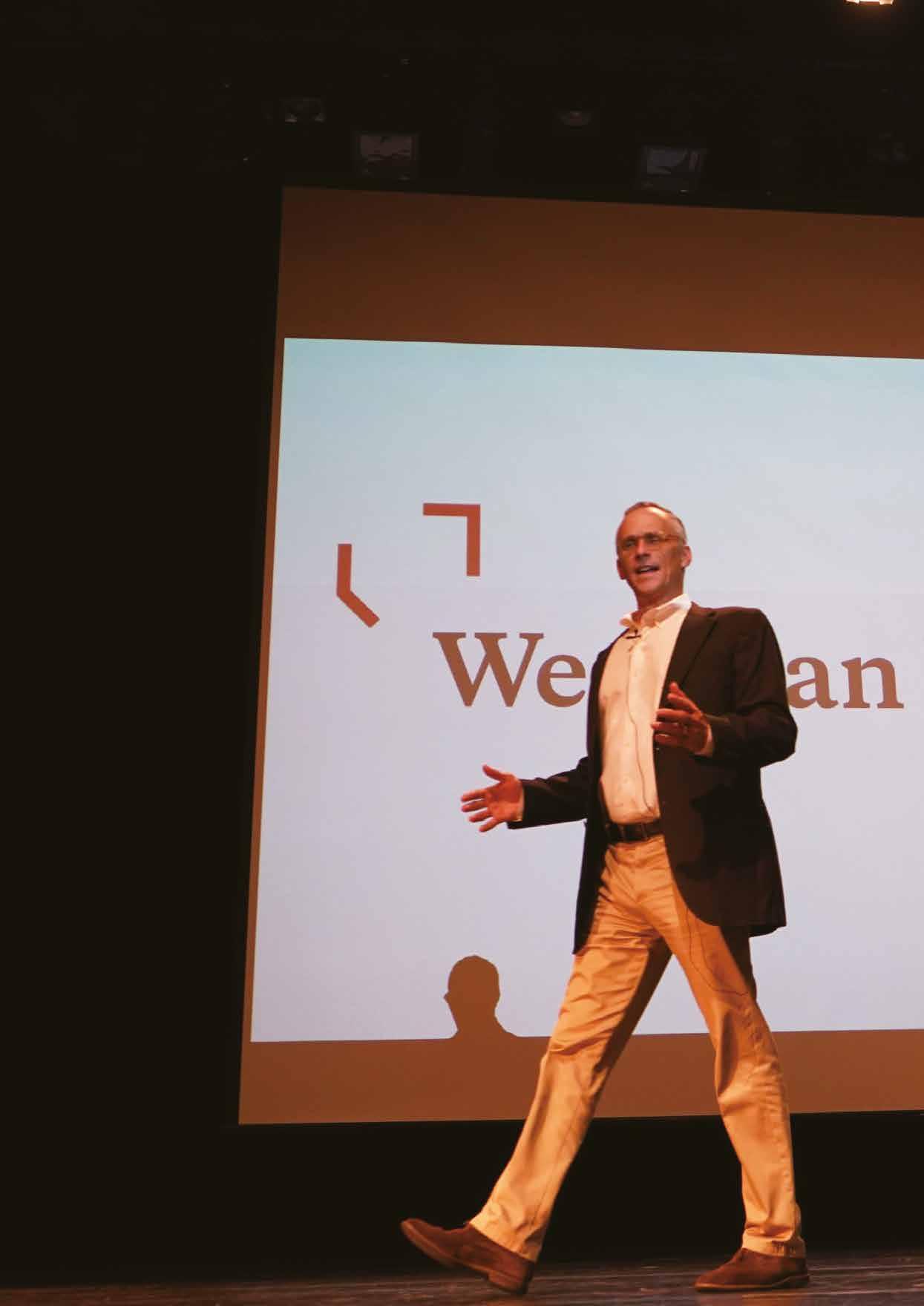
The most important thing about an idea is what you can do with it.
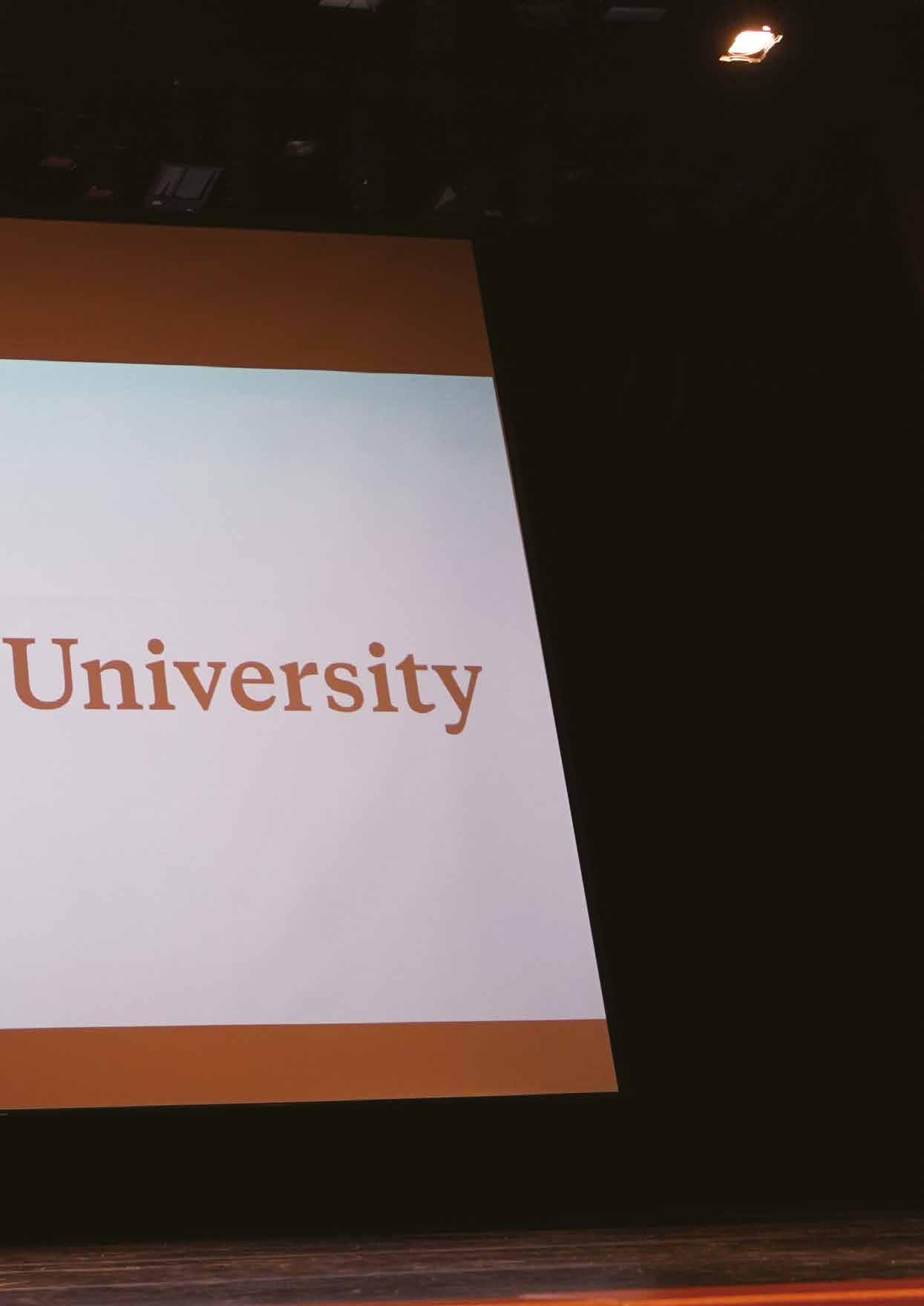
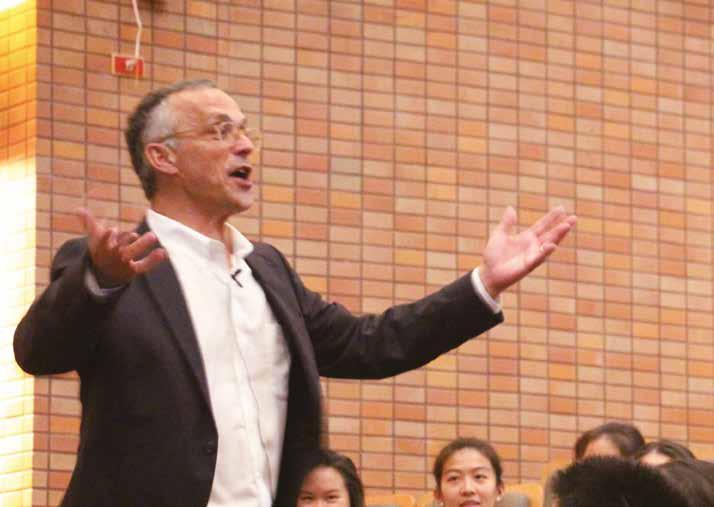
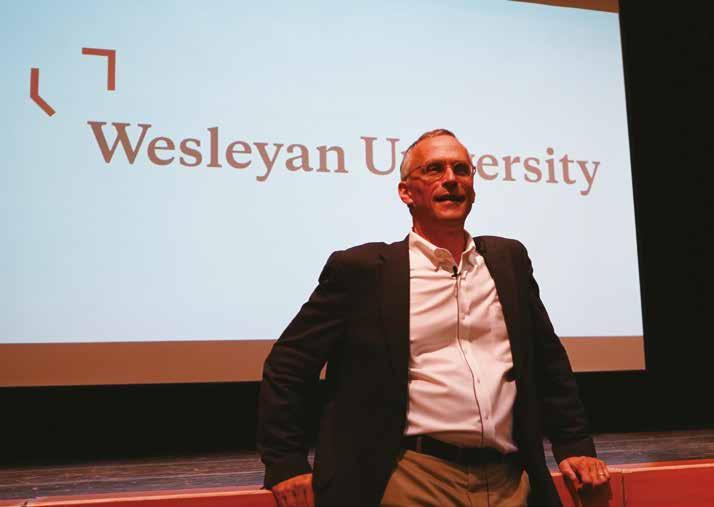
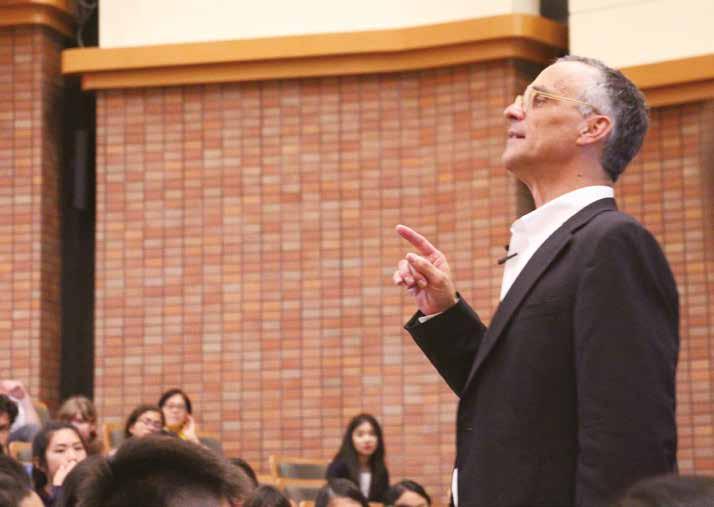
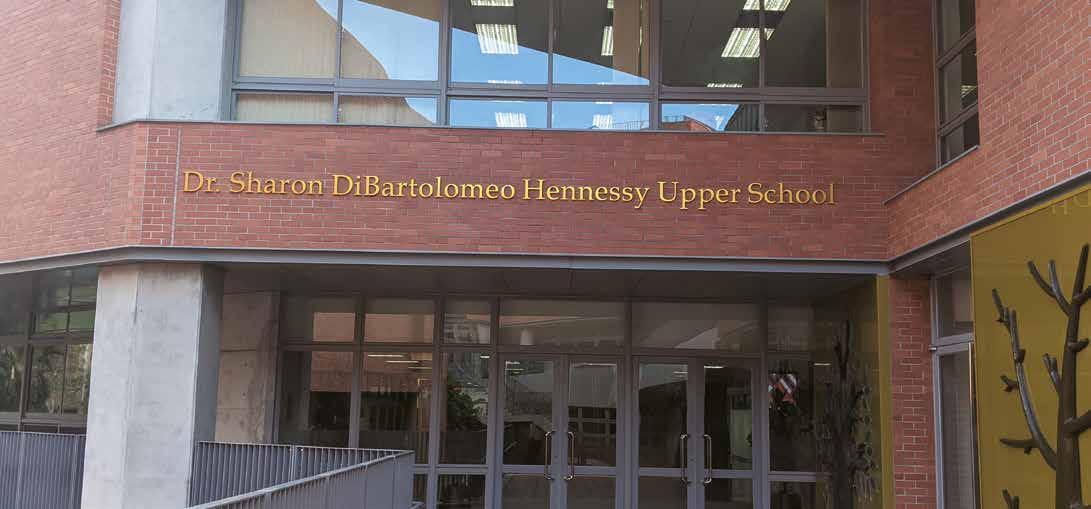 BY LINDSEY KUNDEL, COMMUNICATIONS OFFICER
BY LINDSEY KUNDEL, COMMUNICATIONS OFFICER
On September 26, during TAS’s 70th Anniversary celebration, our community was able to celebrate another important milestone for the school during a surprise announcement by Board Chair, Ms. Tina Koo. To commemorate this historic event—and to honor TAS’s longest-serving Head of School—33 sets of donors banded together donating over USD $1 million to the school—in order to name the Upper School D-Block building. The newly minted Dr. Sharon DiBartolomeo Hennessy Upper School is a physical testament to the transformative leadership of its namesake. Under her leadership, the school has undergone many major changes, including the construction of the Solomon Wong Tech Cube, Liu Lim Arts Center, and the DBlock building which now bears her name, formerly known as the Upper School Science and Technology Building.
Dr. Hennessy was both genuinely surprised and touched by the generosity of these donors, humorously asking the audience to grant her two minutes of preparation for her remarks, which is the same amount of time allotted to upper school extemporaneous speakers competing in forensics tournaments. Although she said she does not like surprises, this major surprise left her deeply humbled and honored. She lovingly brought her husband, Lt. Col. Garry Hennessy, and trusted colleague, Dr. Richard Hartzell, up to the podium to express her gratitude for them both as they worked alongside her to accomplish her goals over the last 14 years.
The D-Block first opened in 2012, under the guidance of thenprincipal, Dr. Richard Hartzell, who retired at the end of last year. On September 28, 2012, Teachers’ Day, the school celebrated the opening of this building which features state
of the art science and research labs, and new classrooms equipped with cutting-edge technology, which is updated annually. It also features the Winston Wong Lecture Hall, a multi-use space open to guest speakers, upper school clubs, and classes in a true university-style format. Shortly after the upper school classroom building was finished, the school quickly added onto the D-block by building both the Upper School Joie Gymnasium and the Tiger Health and Wellness Center, as well as several covered outdoor tennis courts, all of which elevated the athletic spaces available to the upper school community.
Prior to the opening of D-Block, the upper school community was located in B- and C-Blocks of our campus. In February 2009, the Board of Directors passed resolutions adopting a Master Plan for a Facilities Development Project and a corresponding funding proposal. The
Board’s action was the culmination of months of intensive work and consultation, building upon many previous years of work. It called for the construction of about 12,500 square meters of new space, as well as the renovation of about 4,000 square meters in the existing facilities. The overall square footage of the school’s buildings grew by about 20%, with 30% more instructional space as a result of the project.
TAS broke ground on the facilities development project on Tuesday, September 14, 2010, pictured on this page to the right. The Board was able to attract the participation of a world-renowned architect to design the building. All who visit D-Block can clearly see how the TAS mission was translated into a design of structures that demonstrates how TAS values academic excellence, cocurricular involvement, and environmental awareness.
As the saying goes, the more things change, the more things stay the same. In the words of our current Head of School, Dr. Sharon D. Hennessy, Taipei American School has changed significantly and not at all as it stays true to its mission: Taipei American School is an innovative 21st-century learning community. Our mission is to inspire each student to be a confident, creative, caring, and moral individual prepared to adapt and succeed anywhere in a rapidly changing world. We provide an American-based education with a global perspective that results in a love of learning, academic excellence, a balanced life, and service to others.
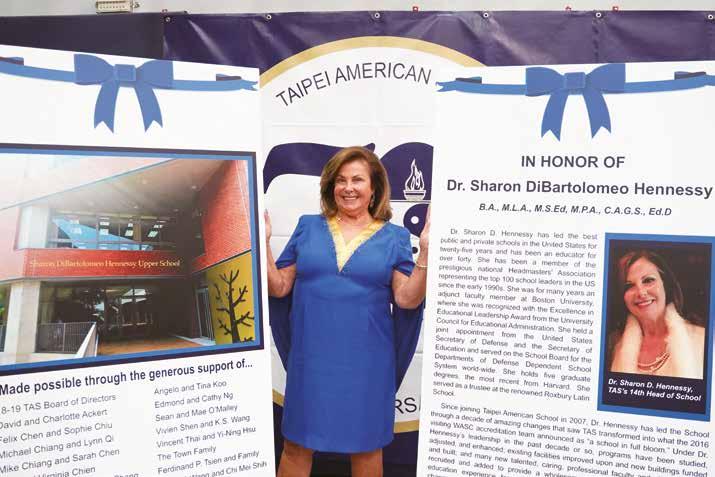
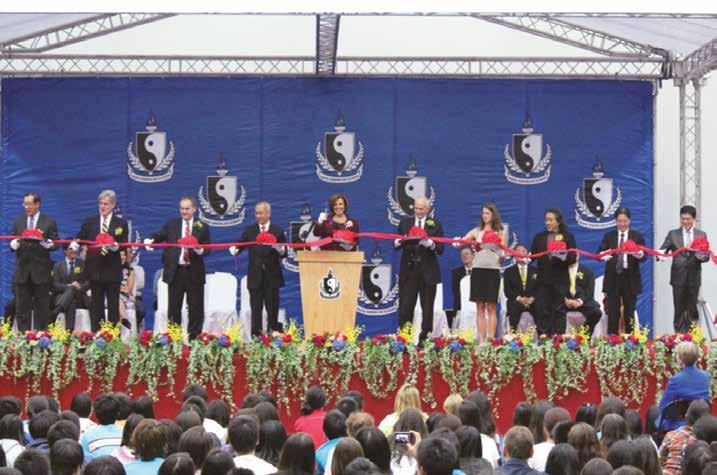
Under Dr. Sharon D. Hennessy’s leadership, Taipei American School has already expanded and will continue to expand the options and opportunities for every TAS student. By planning for a school that meets the needs of our students today, and those of their children’s children for generations to come, the school’s evolution influences each member of its community —faculty, staff, student, and parent— as they work together to strive for excellence in all that they do.
David and Charlotte Ackert Felix Chen and Sophie Chiu Michael Chiang and Lynn Qi Mike Chiang and Sarah Chen Carl and Virginia Chien Danny Chiu and Stephanie Chang Henry Ho and Rosalind Wang ‘92
Linda Hong and Howard Chen Alex Hsu and Hsu-Ning Wang Paul and Nancy Hsu
John Hwang and Lee Ming Yeh Joseph ‘87 and Katherine Hwang Boon and Siew Kang
David Ko ‘92 and Elizabeth Wang ‘91 Jessie Lee Jean Liu and Thomas Lim ‘69
Angelo and Tina Koo
Edmond and Cathy Ng
Sean and Mae O’Malley
Vivien Shen and K.S. Wang
Vincent Thai and Yi-Ning Hsu
The Town Family
Ferdinand P. Tsien and Family
David Y. Wang and Chi Mei Shih
Jeffrey D. Wang ‘03
Jonathan D. Wang ‘04
Christine Chi and Chia-Ming Yeh
June Wu and Sam Yeh
Vera Wu and Harry Spiegle
Professor Winston Wong
Sophie Yeh and Wood Chen Derek and Susanna Yung
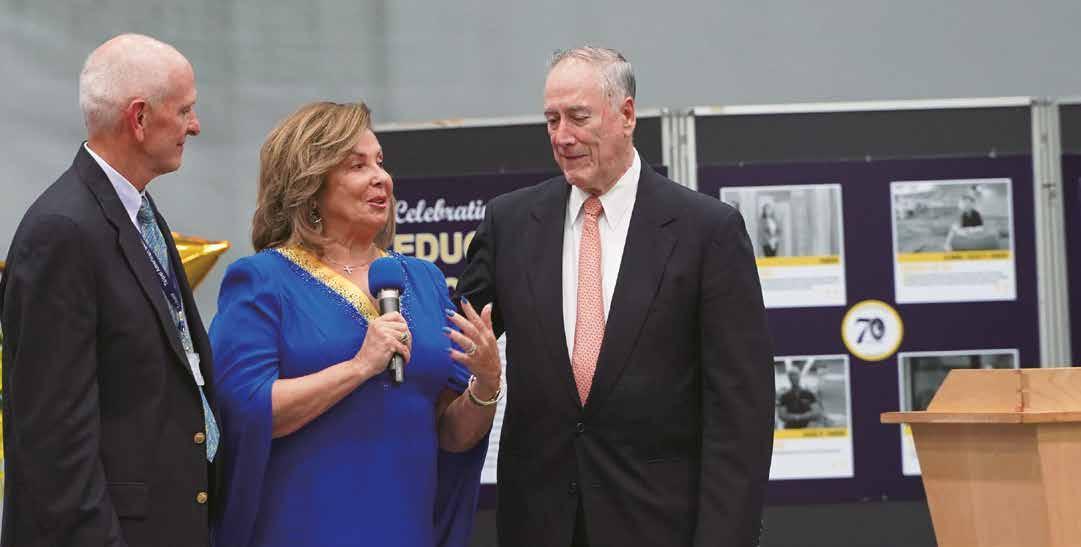
和值得信賴的同事Richard Hartzell博士一起登上,對他們兩人 在過去14年與她並肩共同實現目 標的努力表示感謝。
在當時的校長Richard Hartzell博士的指導下,高中科技大 樓於2012年首次開放,他於去年 年底退休。在2012年9月28日教師 節那天,學校慶祝了這座大樓的 開幕,大樓擁有最先進的科學和 機器人實驗室,並配備了包括尖 端技術在內的新教室,且每年進 行更新。它還設有Winston Wong 演講廳,一個開放給演講嘉賓、 高中社團與真正大學風格的課程 之多功能空間。高中教學大樓建 成後不久,學校即在D棟大樓加 建高中Joie體育館和老虎健康中 心;以及數個有遮蓋的室外網球 場,所有這些建設都提高了高中 社群可用的運動空間。 在高中科技大樓開放之前, 高中社群位處於本校的B棟和C 棟。2009年2月,董事會通過了 一項整體設施規劃的開發決議及
校建築物的總平方面積增加了約 20%,教學空間增加了30%。 TAS於2010年9月14日星期二 為設施開發計劃破土動工。董事 會吸引了世界著名建築師和TAS 家長Kris Yao的參與。姚先生對 TAS宗旨的深刻理解,使他能夠 將董事會和行政團隊對課程需求 的陳述轉化為結構設計,以證明 TAS對學術卓越、課外活動的參與 和環保意識之重視。這些建築物 符合銅生態、節能、減廢和健康 (EEWH)認證。 常言道,改變越多,保持不變 的東西就越多。但我們現任總校 長Sharon D. Hennessy博士說, 台北美國學校已經發生了重大變 化,但忠於學校宗旨方面卻根本 沒有改變:
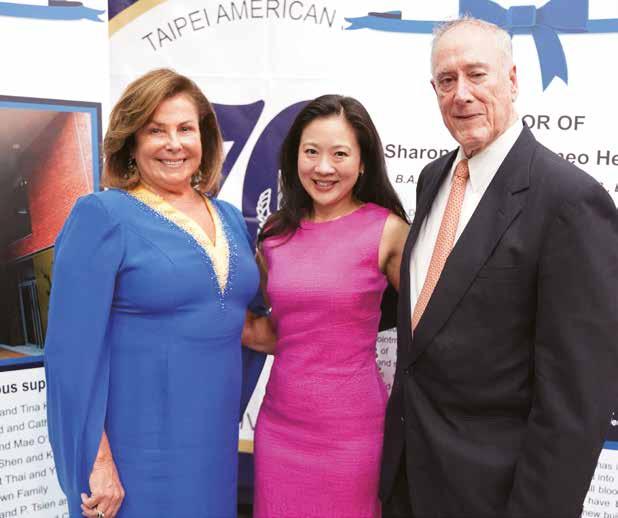
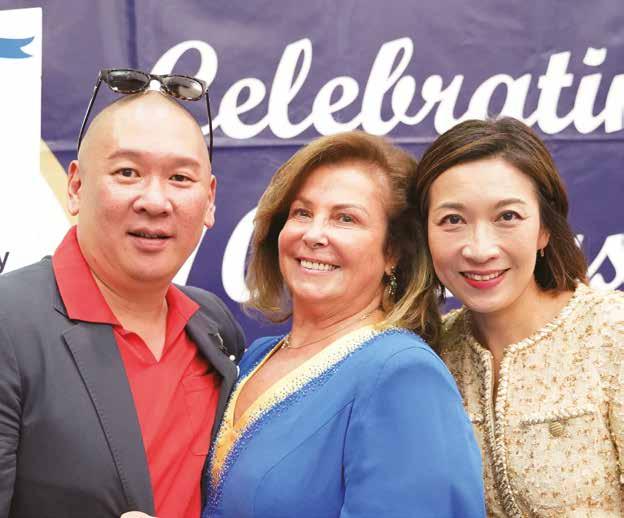
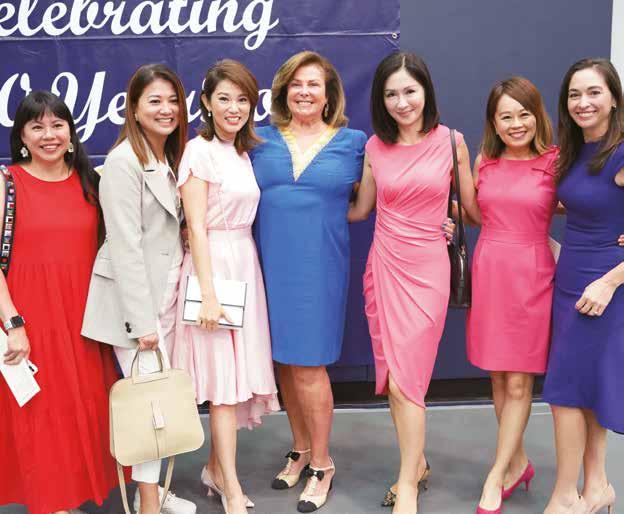
There are currently 10 school counselors at Taipei American School (3 lower school, 3 middle school, and 4 upper school) who work closely with our colleagues in the upper school college counseling office as well as with the two school psychologists. Next year, TAS will add a third school psychologist, so that there is one per division, and a fourth lower school counselor due to growing enrollment.
Each day, counselors juggle many different responsibilities that impact student learning and well-being. First and foremost, we work hard on building individual relationships with our students, both by individual conversations and staying visible and accessible to all. As counselors, we work individually with students and parents, provide large group parent and faculty educational programming, and stay closely involved in the programs and curricula that promote and ensure student well-being. We also work closely together within and across divisions to ensure students are fully supported as they move from one grade level to the next.
In 2017, the KA-12 counselors established an overarching counseling philosophy that echoes the TAS mission statement while encapsulating the specific mission and beliefs guiding our work with students, parents, and colleagues in the TAS community:
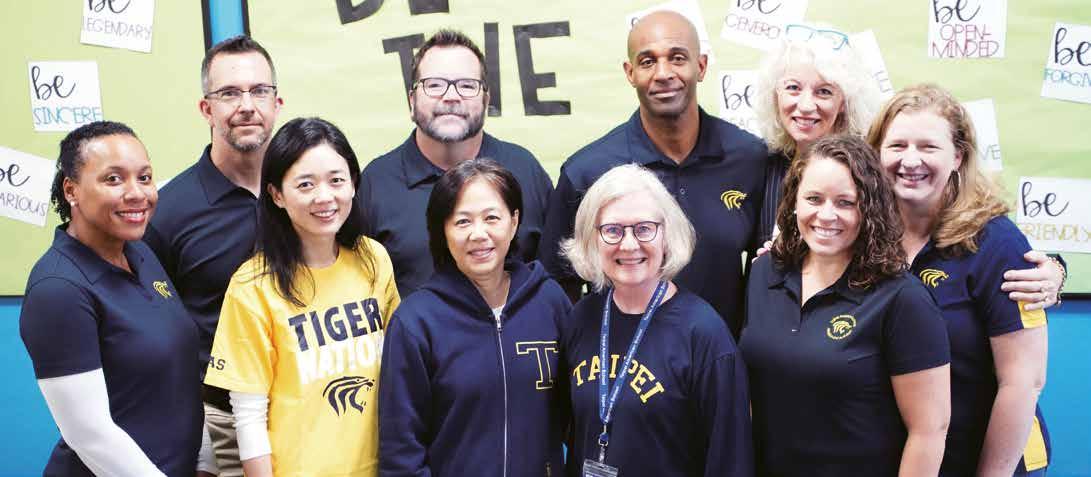
TAS counselors promote all students’ social, emotional, academic, and multicultural competencies in a safe, respectful, and motivating school environment. This is achieved
through a collaborative partnership of school personnel, parents, and community with the purpose of preparing all students for wellness, academic success, lifelong learning, and global citizenship.
In addition, we established a set of six beliefs that guide our work. As counselors, we believe:
• Student well-being is at the heart of our educational approach.
We understand that optimal success can only be reached when students are socially, emotionally, and mentally well. Therefore, we spend a large portion of our time working with individual students and families to help get through times of social, emotional, or mental stress. However, we also prioritize explicit education about well-being. In the Lower School, counselors teach classroom lessons focused on social and emotional skills each cycle, in the Middle School, counselors teach health classes and coordinate homeroom wellness lessons, and in the Upper School, counselors utilize class meetings to teach students about well-being. In addition, a counselor from each division serves on the school-wide wellness task force.
• All students are deserving of a sense of belonging and connection.
We aspire to know and understand our students while ensuring that they have appropriate peer connections and adult advocates at every grade level. This begins with our work helping to transition new families
into TAS. Each divisional counseling office works with the admissions office to ensure that families are welcomed and find connections as quickly as possible. In addition to providing helpful information sessions specifically designed for new families and maintaining close contact with teachers of new students, all three divisions train and oversee a network of buddies tasked with helping new students settle into TAS. In the Upper School, these students are known as Reach Out buddies, in the Middle School, they are Student Ambassadors. In the Lower School, older students are selected to be classroom buddies to help students adjust.
• All students are capable of change and growth.
Parents often ask us, “is [this strange new thing happening with my child] normal?” The answer is often yes! As counselors, we are specialists in child and adolescent development, and we know that children grow and change on very different timelines. We are available to help parents, students, and teachers set and monitor progress towards realistic “stretch” goals that take into account a child’s current strengths and levels of attainment.
• Student success is individually defined and enhanced by one’s own unique strengths.
KA-12 counselors are intimately involved in helping students and parents set goals and see unique strengths. This work happens on an individual basis in counseling offices as well as school-wide. The counselors were instrumental in bringing Dr. Lea Waters, author of “The Strength Switch,” to TAS earlier this year, and we held divisional parent coffee book groups ahead of her visit in order to help parents unpack and explore how to focus on strengths within the TAS community. This visit was a
continuation of our work in all three divisions to help students know and identify how they use their character strengths.
• It is essential to celebrate diversity in all its forms and to support our students’ development towards an awareness of their personal identities.
The KA-12 counselors are committed to providing a safe space for students regardless of race, ethnicity, culture, creed, gender, or sexual orientation. In addition, we understand the importance of working with students and families to understand and celebrate their multiple, unique identities.
• Communication between home and school should be collaborative and ongoing.
The KA-12 counselors value and appreciate our partnerships with parents. On an individual basis, we look forward to opportunities to work together with teachers and parents to help children maximize potential. On a larger scale, we enjoy providing parents with information about what is happening at school as well as parenting advice based on the latest research and trends.

Recently, the upper school personal and academic counselors held a parent coffee titled “The Culture of Competition,” where they facilitated a discussion on the toxicity of competition within schools. In the Middle School, counselors recently responded to parent requests to address “Screens, Sleep, and Stress,” holding a parent coffee where they shared student survey results coupled with suggestions based on international research on the topics. In the Lower School, counselors hosted a parent coffee on “Positive Parenting” in December and a workshop on preparing parents for puberty in January.
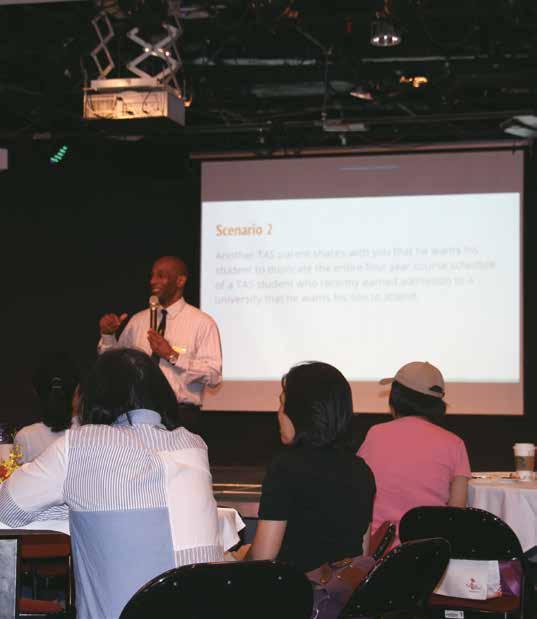
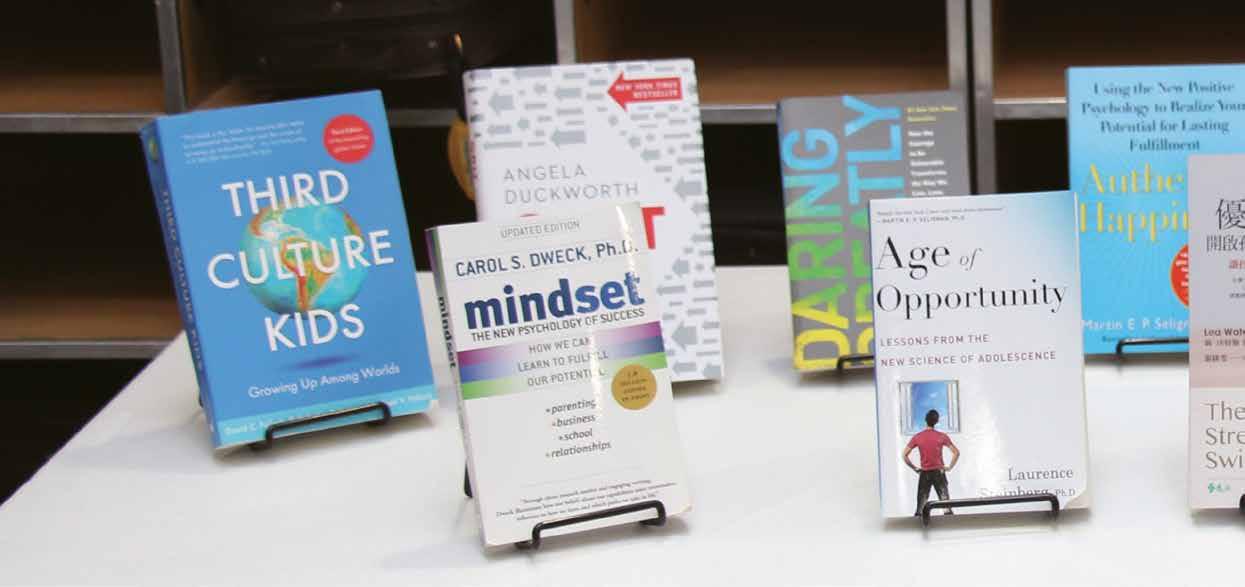

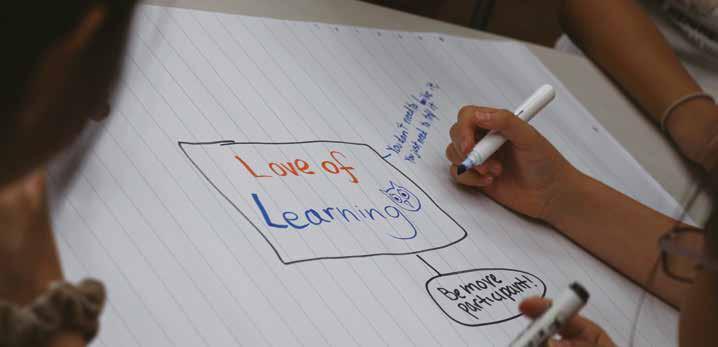
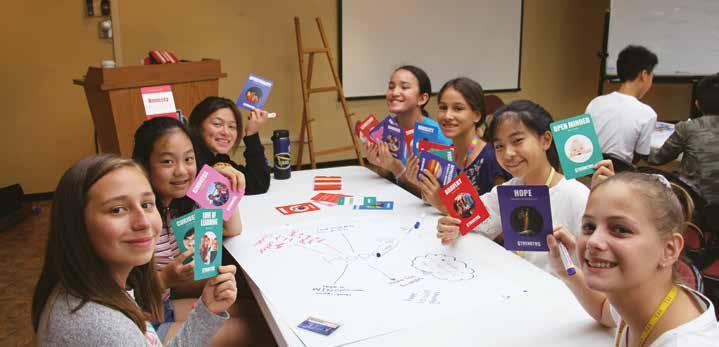
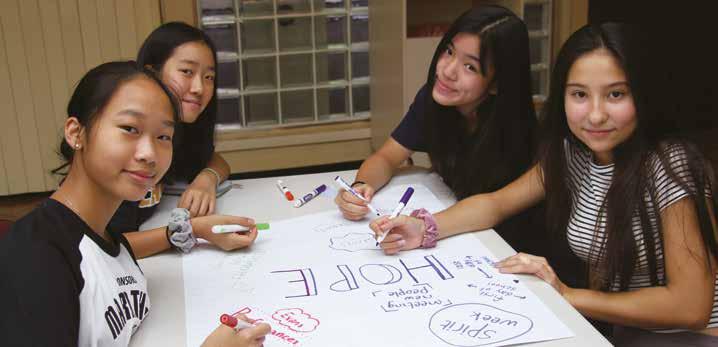
On October 19th, in what felt like the culmination of a lifetime of observation and contemplation, I presented a workshop about multicultural identity for a group of teenagers with similar experiences at the Qatar Leadership Conference. Born and raised in Taiwan as a mixed, white-passing, Taiwanese-speaking kid attending both local school and TAS, I have been both blessed and cursed with this topic my whole life. Rarely do I have an audience that understands where I’m coming from without explanation.
The Qatar Leadership Conference is an annual three-day conference, largely created by and staffed by high school students in Doha, Qatar. Born out of a desire of Model United Nations students to take their proposed solutions to real-world issues beyond the confines of an MUN conference, the QLC features panels by both adult and student presenters. I first attended the conference last year, my first year as an eighth-grade history teacher at TAS, where I graduated from ten years prior. This year, our four upper school students utilized their MUN-honed skills of research, presentation, and consensus-building to create workshops centered on their own experience, knowledge, and passion. They consistently amazed me with their maturity, thoughtfulness, and professionalism and I say with immense pride that it was an honor to see them represent the school and background I came from. Seeing their
presentations, I wanted to represent them as well.
Back at the hotel, I rewrote my workshop. My workshop had originally focused on how an international school student, a “third-culture kid”, can find connections with and navigate universities populated mostly by students who did not share or understand their experiences. It is an important topic that I experienced myself, noticed with my TAS classmates, and felt I could share about as someone who studied cultural anthropology and taught in the U.S. Thinking about our students, however, I knew I needed to include something else.
A passing remark by one of our students encircled my mind. “There are barely any other people who look
was stared at for being new instead of being different. Finally, I belonged.
I changed my workshop so that instead of telling participants how to connect with others, I would try to demonstrate by sharing my experiences and hoping they’d find commonality. I updated my goal and focused on the question of “who am I?,” something I and many of my peers have wondered, alone or aloud, for much of our lives. Out of my mental stash of teacher activities, I remembered a poetry project, titled “Where I’m From,” that I had first encountered as a student in a college class on identities. I have used it to work with immigrant and refugee children as an ESL teacher in Seattle, with Taiwanese high school and college students in a summer camp on alternative education, and now it seemed to come full-circle in a room of international school students from all over the world.
like us here.” A thought I was painfully but reassuringly familiar with. For eight years, I was essentially the only foreign-looking kid in an all Taiwanese school. On my first day at TAS, I felt at home. Here, there were others who were mixed like me. Who attended local school, like me. Who spoke multiple languages at home, celebrated Taiwanese and American holidays, and were confused about whether they were American or Taiwanese. Just like me. Finally, I was in a place where I
On the day of the presentation, I shared about my upbringing, my passions, and my desires growing up to both fit in and stand out. I talked about Taiwanese history, played Taiwanese music, and shared my poem about Da-Tung rice cookers and aunts making much ado over nothing. Displaying the template, I asked students to write and share their own versions of “Where I’m From.” As they shared the smells of their favorite dishes and their celebration of multi-religious holidays, I knew again: “I belong.”
On my first day at TAS, I felt at home.WESTON WANG COOPER, MIDDLE SCHOOL HISTORY TEACHER

A warm welcome back to Jennifer De Sutter, staff developer at Teachers College Reading and Writing Project, who returned to Taipei American School in November to work with homeroom and EAL teachers in Grades K-2 on how to make use of all of the components of balanced literacy to increase student learning. With Jen’s coaching and guidance, teachers have planned and delivered instruction that helps children orchestrate many reading and writing skills in one quick lesson. Ms. DeSutter has extensive experience working with teachers and administrators across the United States to cultivate best practices in teaching literacy with a focus on student achievement.
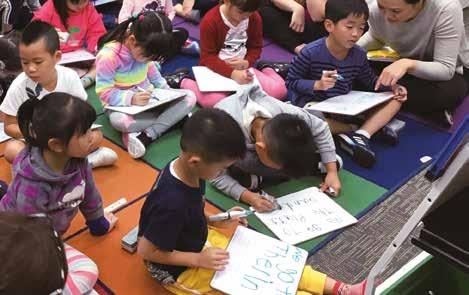
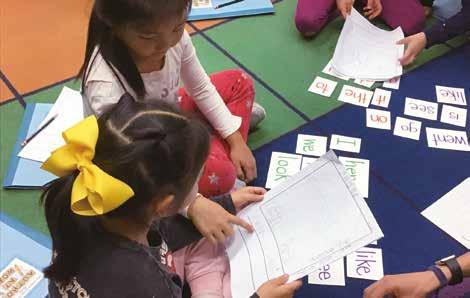
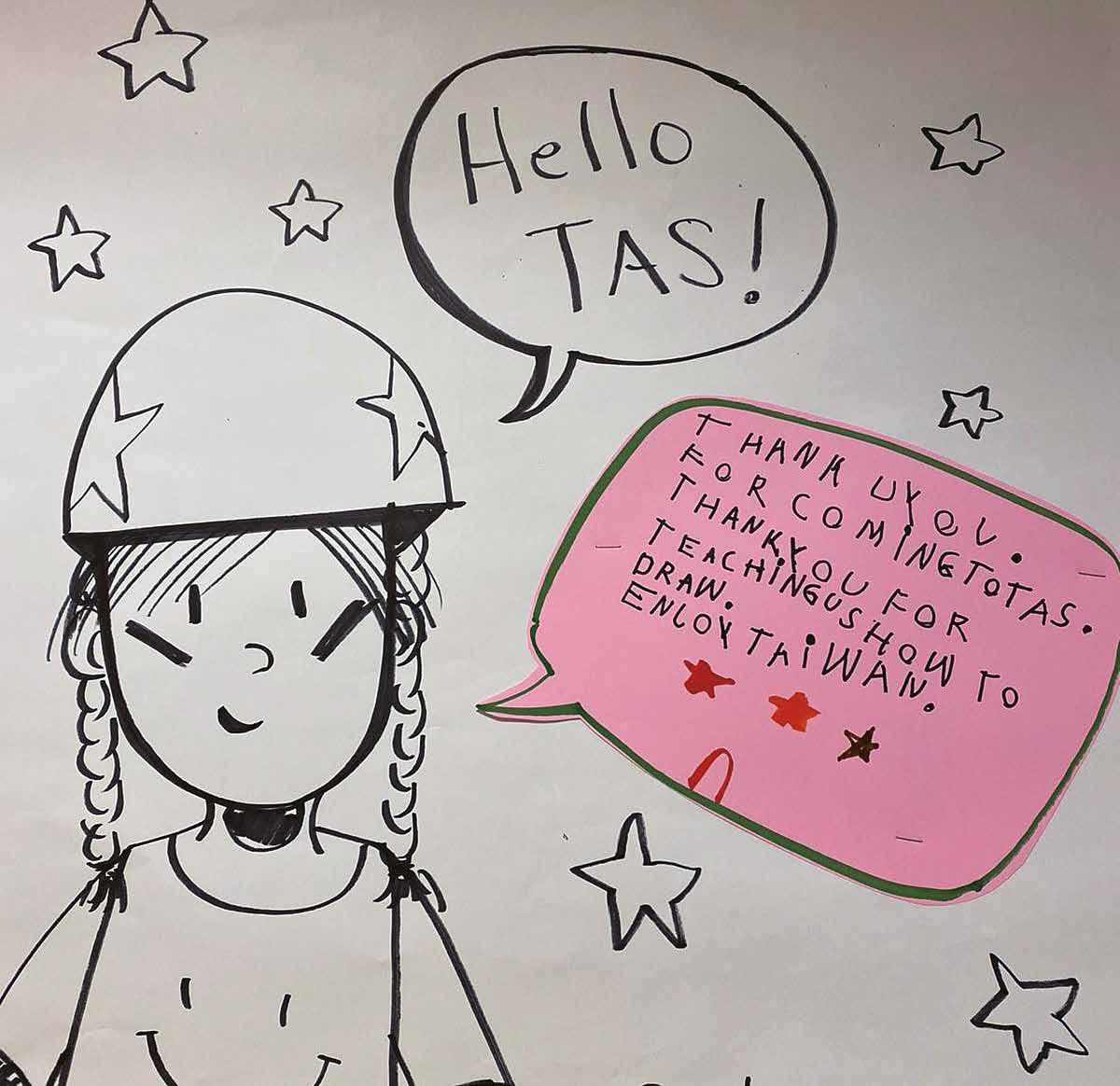
Victoria Jamieson, award-winning author of graphic novels including “Roller Girl,” “All’s Faire in Middle School,” “Pest in Show,” and many more wonderful children’s books, visited TAS in early November 2019. During her stay, she spoke to every lower school class and to Grade 6, as well as a packed Family Night, and spent many hours signing books for excited children. Judging by how many children tapped on the library window to say hello to her during our interview, they clearly enjoyed her visit.
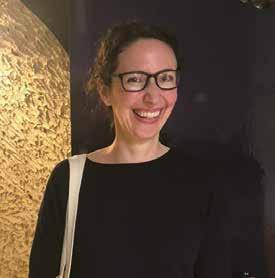
Victoria is an author and illustrator, for whom the story develops as she draws. She draws while she talks, including when speaking to groups of children or families about her work. At TAS, she showed students how to depict emotions using a few clear lines and shapes. Several children commented on her warm personality and her “ability to draw simple pictures that showed real emotions.”
“I like the way illustration and writing come together to give you a better view into the characters’ lives,” Victoria explains. “A graphic novel lets you look around at the character’s environment and see what’s going on without having to describe it all in words.”
In her drawing, she shows you the background to the unfolding story. “You don’t need to say ‘the house was cluttered’ or ‘my brothers were wrestling, because you can see those details, and more, in the illustration,” she says.

Victoria’s mother encouraged her and her siblings to keep diaries, especially when they were on vacation. She didn’t like doing it, but looking back on those diaries, together with photographs from her childhood, she has found a rich source of material for her books as her entries remind her of her own experiences growing up. Her award-winning first novel, “Roller Girl,” which captured the confusion and emotional ups and downs of middle school, encourages readers to understand that everyone must choose their own path and allow friendships to change over time.
Victoria herself has taken some interesting turns which led her to her chosen career. In 2003, after finishing her studies at Rhode Island School of Design, she went to Sydney University to do Museum Studies. Then she took a parttime job illustrating guidebooks for the Historical Houses Trust in New South Wales, where she drew animals wearing clothes to illustrate how children could enjoy the old buildings, for example, sleeping overnight in an early colonial jailhouse! “I don’t know whether my pictures were ever used in the actual guidebooks, but I had a lot of fun drawing them and I think that experience influenced my decision to become a writer of graphic novels,” Victoria said.
We are very lucky that Victoria chose to become an author because this path brought her to Taiwan and to our school. Thanks to the invitation extended by our lower school librarian and the funds raised by the PTA Bookstore, we were able to hear Victoria talk about her work, her love of drawing and the choices she made which led to her to become an author. Her next book, “When Stars are Scattered,” will be released in April. It tells the story of a Somalian refugee and took three years to write. Her current project, a graphic novel of “The Parent Trap,” commissioned by Disney, will be eagerly awaited by her many fans at TAS.
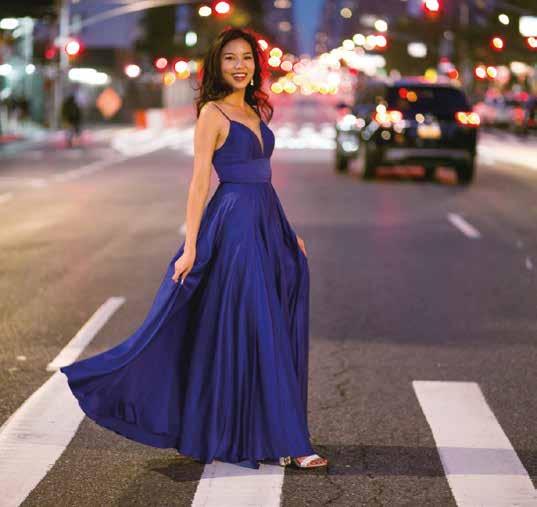 BY CONNIE MA, ALUMNI AND COMMUNITY OUTREACH OFFICER
BY CONNIE MA, ALUMNI AND COMMUNITY OUTREACH OFFICER
video games and join robotics, both of which lead to an increased interest in engineering. Moreover, both boys and girls from minority backgrounds often do not have similar access to the resources to develop an interest in STEM fields.” For Priscilla, the value of a supportive community was key to her success, and she now wants to bring that to encourage more students from underrepresented populations get into engineering and STEM.
Astonishingly, Priscilla’s entrance into the pageant world only happened this spring. This May, she joined the Miss World pageant system because of their focus. “Their slogan is ‘Beauty With a Purpose,’” explains Priscilla. “Some of the pageant girls work at improving financial literacy among immigrant populations, assisting at-risk youth in the college application process, and advocating for American Sign Language education in public schools.” Though she did not place in the preliminary round, Priscilla was invited back to compete at another preliminary a month later, and was crowned Miss Oklahoma.
What does it take to be a pageant winner? Sometimes, it takes an engineer. In October 2019, Priscilla Wang ’12 competed in the Miss World America pageant as Miss Oklahoma and placed in the Top 25. In her day job, Priscilla is a software engineer at J.P. Morgan and aims to use her platform to further her efforts to provide technical education and career opportunities for children from underrepresented minority groups.
After she graduated from TAS in 2012, Priscilla enrolled at Scripps, an all-women’s liberal arts college, where she became intrigued by engineering. “The feeling of being able to create things is really empowering,” says Priscilla. She graduated from Scripps with a Bachelor of Arts and also from Columbia with a degree in computer engineering.
Priscilla is passionate about initiatives that reimagine engineering, not only as a creative activity but as a democratizing one: an occupation that is open to all people. “There are very few women in engineering, and even less so in technology management. Girls are often taught to be creative, encouraged to pursue things like art and music. Boys, on the other hand, are often socialized to play
The weeks leading up to the national pageant for Miss World America were quite intense for Priscilla. “I had to find dresses, get them tailored, work on my walk… at the same time, I was trying to work my 40-hour work week!” laughs Priscilla. Ultimately, Priscilla finished in the Top 25. “I’m excited to collaborate with a few girls on STEM-related causes. Miss Massachusetts is a civil engineer and Miss California is a physicist who used to work with NASA. My main goal at Miss World America was to make friends with incredible women, and I am really glad to say that this network has stayed with me.” In 2020, Priscilla hopes to host her own hackathons and workshops to get young people interested in STEM. To sponsor or collaborate on making workplaces in tech more diverse, Priscilla invites fellow alumni to get in touch with her through her website: http://thepriscillawang.com/.
“My goal – my heart – is set on helping kids. I want to show them know how exciting life as an engineer can be. I want to create a great experience for them. And after I got back from nationals on Monday, I thought, ‘OK, I’m ready to get to work.’ I understand that there will be a lot of challenges. But anything worth having in the world is worth the effort.”
At the beginning of this school year, upper school students attended the Upper School Club Fair during Flex, and learned about over seventy clubs and activities they could choose from. This month, Vanessa K. ‘20 asks: “What were the most popular extracurriculars back when you went to TAS?”
enough, the Thespian Society was pretty popular. In the U.S., drama clubs were often for the outcasts, but at TAS, it was an accepted and well-loved group that many students, including myself, were a part of. Attending a school so small allowed me to be active in the arts and sports. I was a part of the Thespian Society as well as Student Athletes, as were most of my fellow classmates.” - Catherine Andrus (Cook) ‘01 “令人驚奇的是,戲劇學會非常受歡迎。
Middle School Librarian, Carol Youssif, has been selected to be an official reviewer for the School Library Journal, a prestigious American magazine! In this important role, she reviews an assigned book every month, and her review influences whether or not the book is selected for school and public libraries in the United States. Her first review was published in SLJ in September.
Twelve TAS students recently attended the World Mathematics Championship Qualifier in Kuala Lumpur. Our team had an amazing experience, as they both competed against and collaborated with their peers from across the region and walked away with a total of 21 medals.Their conduct, energy, and enthusiasm over the course of the 3-day event was a credit to them. While everyone in the team did an amazing job, we want to congratulate the 6 students who received “Golden Tickets” to attend the World Mathematics Championship at the University of Melbourne in December. Those students are: 十二名TAS學生最近參加了在吉隆坡舉行的世界數學錦標賽的預賽。本校團隊擁 有令人讚嘆的經歷,他們與來自該地區的同儕競爭並合作,一共獲得了21枚獎 牌。在為期三天的比賽中,他們的舉止、精力和熱情讓人引以為傲。當團隊中的 每個人都表現得極優秀時,我們要祝賀獲得參加12月在墨爾本大學舉行的世界數 學錦標賽黃金門票的6名學生。這些學生是:
• Richard W. (Grade 11)
• Joseph L. (Grade 12)
• Karen W. Grade 12)
• Hiro K. (Grade 11)
• Rupert L. (Grade 10)
• Ryan L. (Grade 9)
The students who earned medals are:
• Richard W.: 6 medals total: 4 Gold, 1 Silver, and 1 Overall medal
• Joseph L.: 6 medals total: 4 Gold, 1 Bronze and 1 Overall medal
• Karen W.: 5 medals total: 2 Gold, 1 Silver, 1 Bronze, and 1 Overall medal
• Ryan L.: 1 Silver medal
• Rupert L.: 2 Bronze medals
• Hyunho C.: 1 Bronze medal
Congrats to the 2019 TAS iGEM team who was awarded a gold medal for the 2019 iGEM Jamboree for their project, ”Adieu Residues” which focuses on an immediate detection of agricultural residues on produce. This is the team’s 5th consecutive gold medal award, a remarkable achievement! The team competed at the International Genetically Engineered Machine (iGEM) Giant Jamboree in Boston, October 31 - November 4, 2019, where more than 300 teams showcasrf projects that use synthetic biology to tackle world problems. Since November 2018, TAS’s iGEM team has been working on a project to detect agricultural residues on food. Having designed and synthesized DNA to make proteins that detect heavy metals and pesticides, the team fused colored proteins to these residue-binding proteins enabling an immediate visible detection of residue. Throughout this process, the team has also written marketing plans, interviewed experts, communicated with Taiwanese government agencies, organized global video conferences with colleges and other high schools, and collaborated with TAS MUN teams to tackle the United Nations Sustainable Development Goals.
Students and teachers from around the world met at The Qatar Leadership Conference in Doha, Qatar, October 17-19 with the goal of developing student leadership skills and bridging connections among student leaders. Over 130 workshops and activities were offered - and five of these were led by TAS students and faculty! Angela W. (‘20) presented a workshop titled, “Documentaries: Credibility and its Fabrication of the Truth,” in which she demonstrated how documentaries can misrepresent historical truths and also introduce bias. In “Questioning the Categories We Create,” Yasmin H. (‘20) explained Hans Rosling’s 4 different income levels to propose a shift in how countries are categorized: “developed” vs. “developing” is no longer sufficient. Dhirpal S. (‘21) addressed the connections between the UN Sustainable Development Global Goals and his work with the TAS iGEM team in “Achieving the SDGs Through Extra Curriculars.” Natalie S. (‘21) presented “Unleashing the Power of Citizen Journalists” in which she explored the impact social media has in journalism. Using her own experience reporting on the Hong Kong protests this summer, the workshop explored why ethical citizen journalism is necessary and how it can be achieved. TAS is fortunate to have a program in which our MUN student leaders have the opportunity to teach student leaders from other schools, to share ideas, and to build connections in this global community. 來自世界各地的學生和老師於10月17日至19日在卡達多哈舉行的卡達領導力會議 開會,目的是發展學生的領導能力並架設學生領導者之間的橋樑。會議提供了 130多個講習班和活動-其中有5個是由TAS師生所領導的!Angela W. (‘20)舉辦 了一個名為“紀錄片:可信度及其真相之製造”的研討會,研討會中她展示了紀 錄片如何歪曲歷史真相並引入偏見。 Yasmin H. (‘20)在“質疑我們創造的類 別”中,解釋了Hans Rosling的4種不同收入水準,並提議國家分為“發展”與“ 發展中”已不再足夠,應做出轉變。Dhirpal S.(‘21)在“通過額外的課程實 現SDG”中談到了聯合國可持續發展的全球目標和他在TAS i-Gem團隊的工作之間 的聯繫。Natalie
middle school student representatives at the Model UN Conference in Geneva won several awards this year. We had one successful applicant for Plenary Speaker at the UN’s Palais des Nations. We had two United Nations Officials (elected chairs). We won three Position Paper Awards (for excellent research and articulation of country stance on the committee issue) and three Diplomacy Awards (for actively pursuing consensus throughout negotiations). To put the icing on the cake, our team - through their hard work and the dedication of our upper school mentors - also won Best Large High School Delegation.
The Upper School Honor Committee is a student-led organization whose mission is to promote the five TAS values of Honesty, Respect, Responsibility, Kindness, and Courage, and to encourage students to uphold these values in their academic and personal lives. The Honor Committee works with the student body throughout the year, holding assemblies and advisory group meetings to address and raise awareness of issues in the TAS community; focus areas have included littering, academic dishonesty, and toxic competition. Through these activities, the Honor Committee hopes to create a healthy, positive environment for every student to feel comfortable learning and growing in. One of our annual activities is the Gratitude Project, which encourages students to develop gratitude and give thanks to those around them. This year, Honor Committee members visited all freshmen, sophomore, and junior advisory groups, and led the students by encouraging them to write a thank you letter to any adult in TAS, whether it be a lunch assistant, bus monitor, janitor, teacher, or administrator. Many chose to write more than one. Each year, we receive positive feedback from students who indicate that they enjoy having the chance to take part in this activity. We believe that by showing gratitude to those around us, students can inspire others to create a positive community and make our school a better place.
劃”,該計劃鼓勵學生表達感激之情,並感謝周圍的人。今年,榮譽委員會成員 訪問了所有新生、十年級和十一年級諮詢小組,並通過鼓勵學生給TAS的任何成 年人寫感謝信,無論是午餐助手、校車督導員、清潔人員、老師、行政主管。許 多人選擇不止寫一封。每年,我們都會收到來自學生的積極回應,表明他們很高 興有機會參加這項活動。我們相信,藉由對我們周圍的人表示感謝,學生可以激 發他人建立積極的社群,並使本校變得更好。 Congratulations to TAS robotics team “Raid Zero” 4253G for their win at the Japan Vex tournament at the American School in Japan. TAS brought 2 teams to Japan, 4253G and 4253J, who ranked 3rd and 6th respectively in the qualifying rounds out of the 36 teams present, with 4253G going on to win the tournament. 4253J also made it to the semifinals and was eliminated in a nail-biter by the team that was ultimately defeated in the finals by team 4253G. This year’s competition game requires nerves of steel as the driver and programers command their robots to make large precarious stacks of cubes and strategically change their point values.
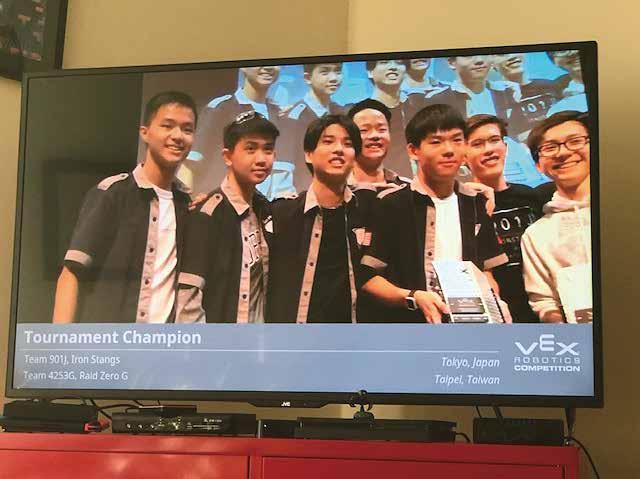
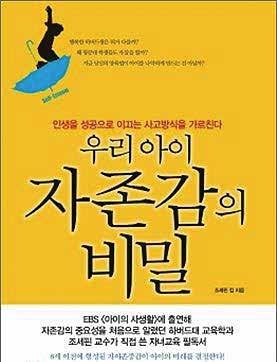
At Taipei American School, our community is often blessed with outstanding visiting authors who come to teach our students and staff. We also choose different books each year to read within divisions or small groups. Be sure to check out these recent favorites!
“THE

by Dr. Lea Waters
Chosen by Cindy Teeters, lower school counselor
“ROLLER
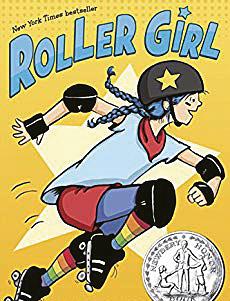
by Victoria Jamieson
Recent Visiting Author, invited by the PTA
Children’s book that inspired the upcoming lower school musical
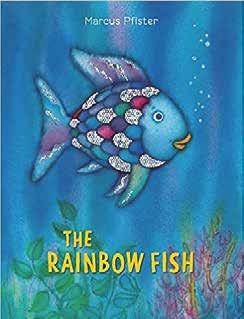
Upcoming Visiting Author, invited by the PTA
“FACTFULNESS” by Hans Rosling
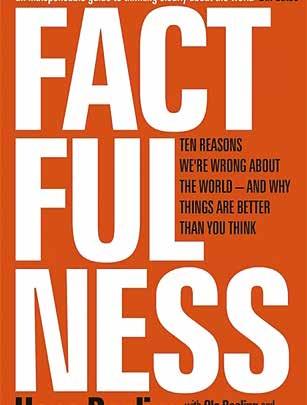
Upper School whole-community summer 2019 read
by Dr. Michael S. Roth
Recent Visiting Speaker, invited by the college counseling team
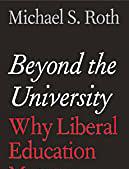
“BEYOND THE UNIVERSITY: WHY LIBERAL EDUCATION MATTERS”
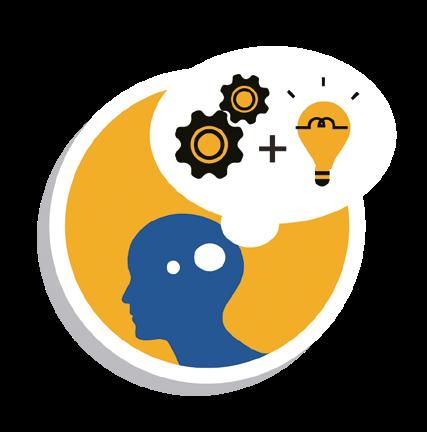
Every issue, we focus on a different Essential Capacity. In this issue, we explore examples of ANALYTICAL AND CREATIVE THINKING AND PROBLEM SOLVING, found across all three divisions.
The IASAS film students participated in sound design, directing, and cinematography workshops; attended IASAS film submission screenings; and heard Jorik Dozy speak about being a VFX artist and filmmaker. Students also had the opportunity to work with peers from other schools in a collaborative film challenge.
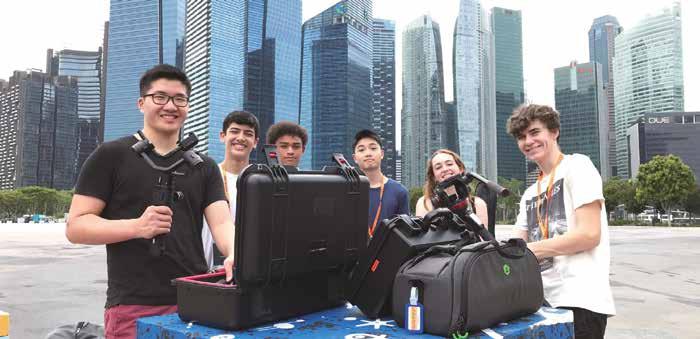
In order to understand the caste system in Ancient India, Grade 8 history students were assigned to different castes and given jobs to complete based on the social hierarchy. Several students recognized the inevitability of the status quo, so they worked together to enable one individual to finish and have time for an education, with the hope that he would make a change to the system!
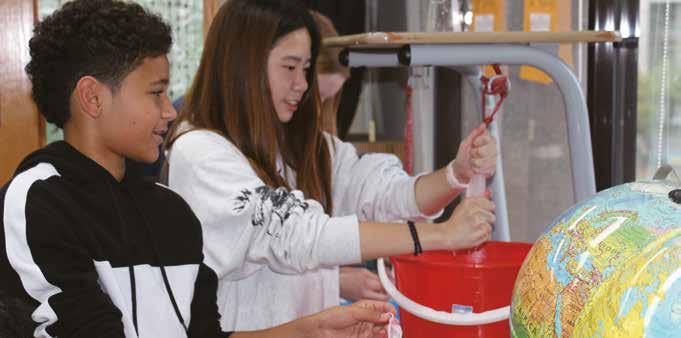
Students make observations and practice sorting and classifying objects by properties such as size, shape, color and texture. After discussing the effects of weathering on rocks, students went to the park, walked along the river, observed the different sizes of rocks, and discussed how those rocks might have gotten there.
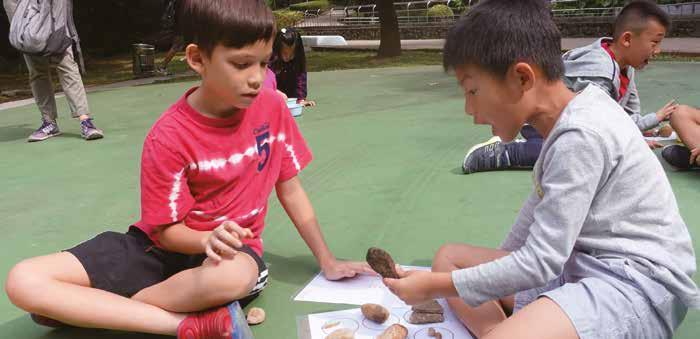
In addition to a rigorous academic program, and a focus on academic and personal excellence, TAS students will develop:
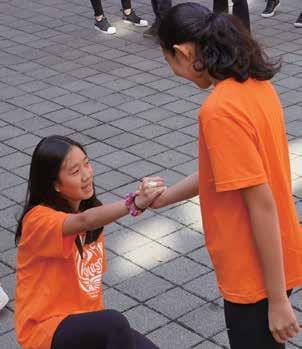
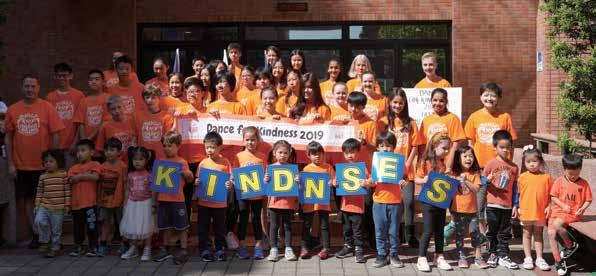


Monday, November 11, 2019
For the 5th year in a row the Grade 8 Student Wellness Action Team (SWAT) joined the NGO Life Vest Inside for their annual Dance For Kindness, which kicks off Kindness Week. Students and SWAT mentors have discussed kindness, gratefulness, and ways of being a role model for the rest of the Middle School, as the Grade 8’s yearlong theme is Leadership. DFK 2018 was celebrated in 65 countries with over 55,000 dancers. TAS’s is the only event in our country, and we put Taiwan on the map! This year’s DFK had 21 dancers, three flag bearers, two sign holders, four photographers, and 14 members of the fundraising team. We are proud to spread kindness and happiness in our community and the world!
Please email alumni@tas.tw for more information.
Thursday, January 9, 2020
Alumni College-Student Homecoming Lunch and Panels
Saturday, March 7, 2020
TAS Gala Ball at the Mandarin Oriental
Saturday, March 17, 2020
Back to School Day, TAS Alumni Worldwide Reunion 2020
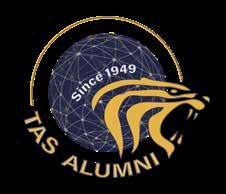
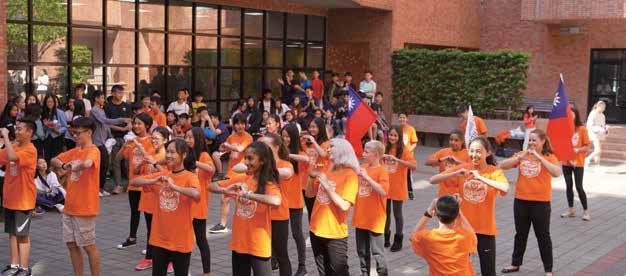
Wednesday, April 1, 2020 Taipei Alumni Spring Happy Hour

April 23, 2020 Singapore Alumni Event, Date TBD
